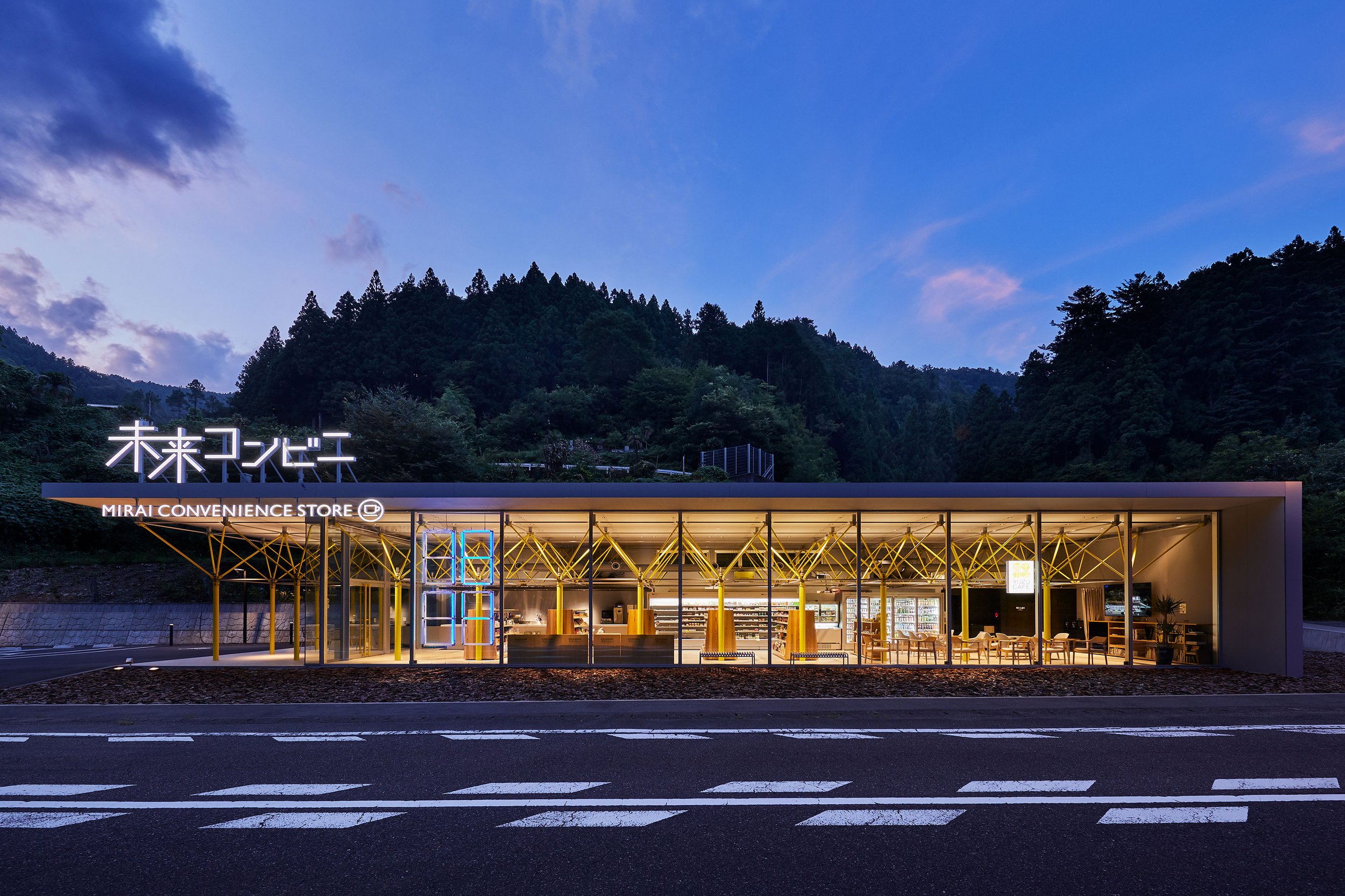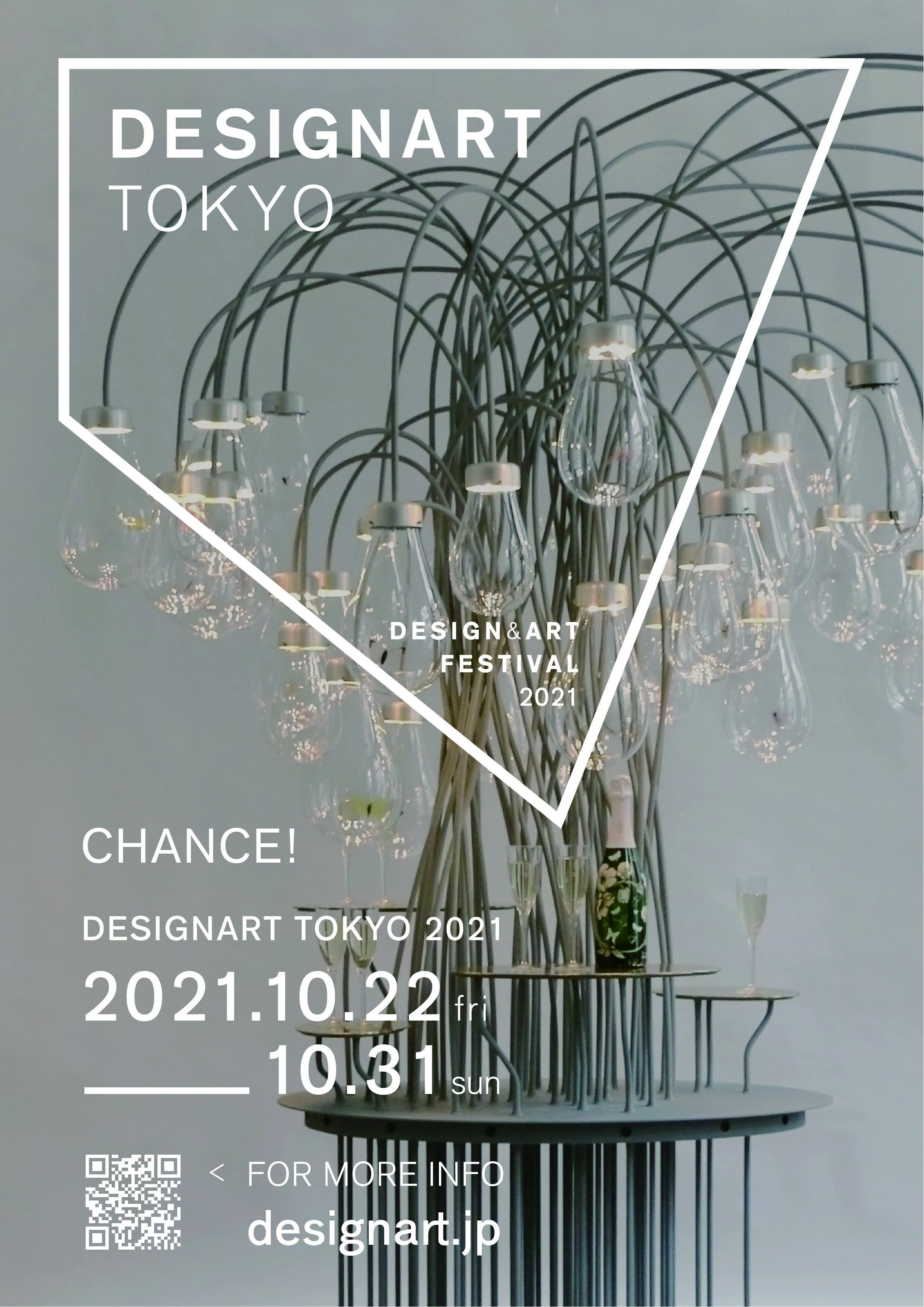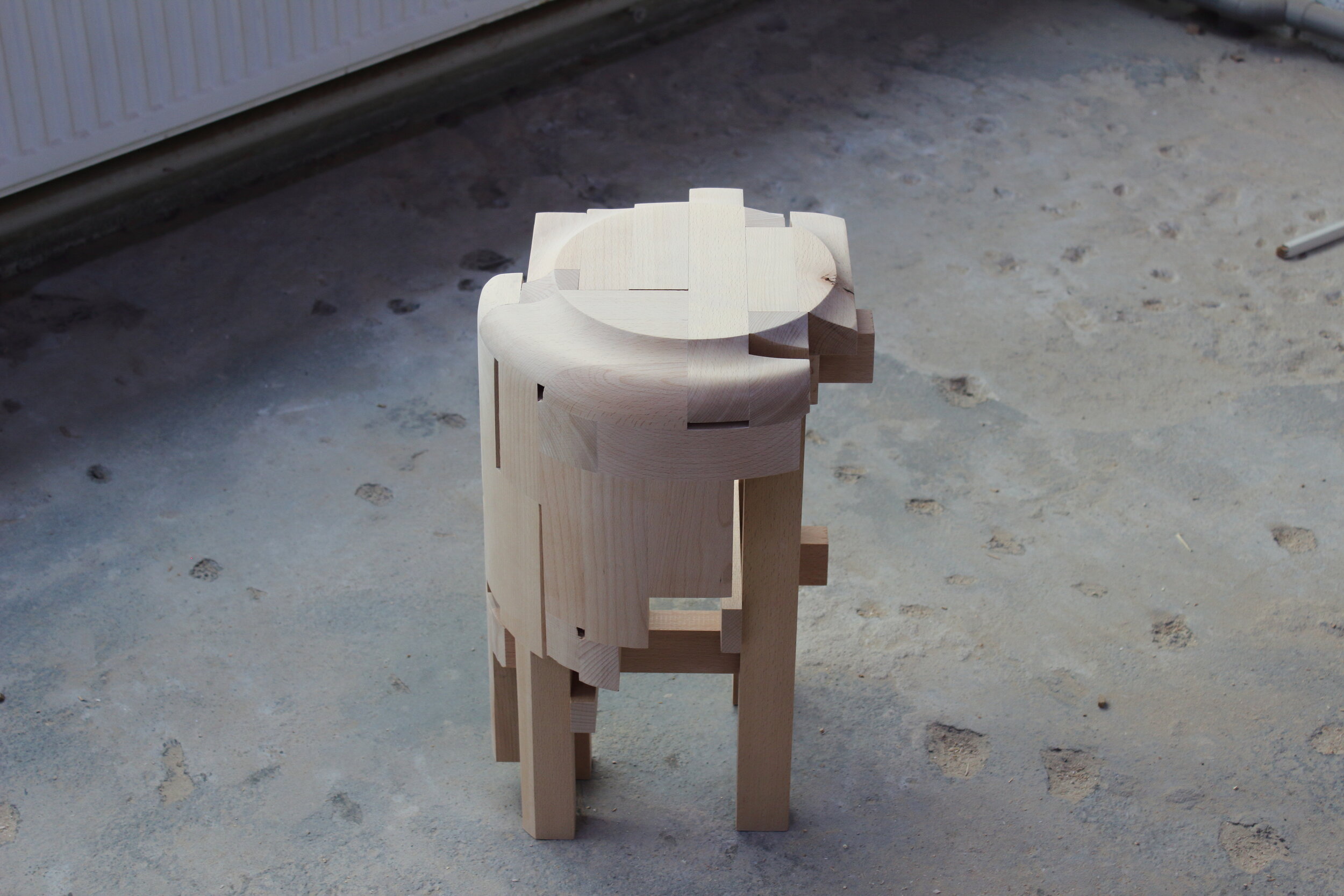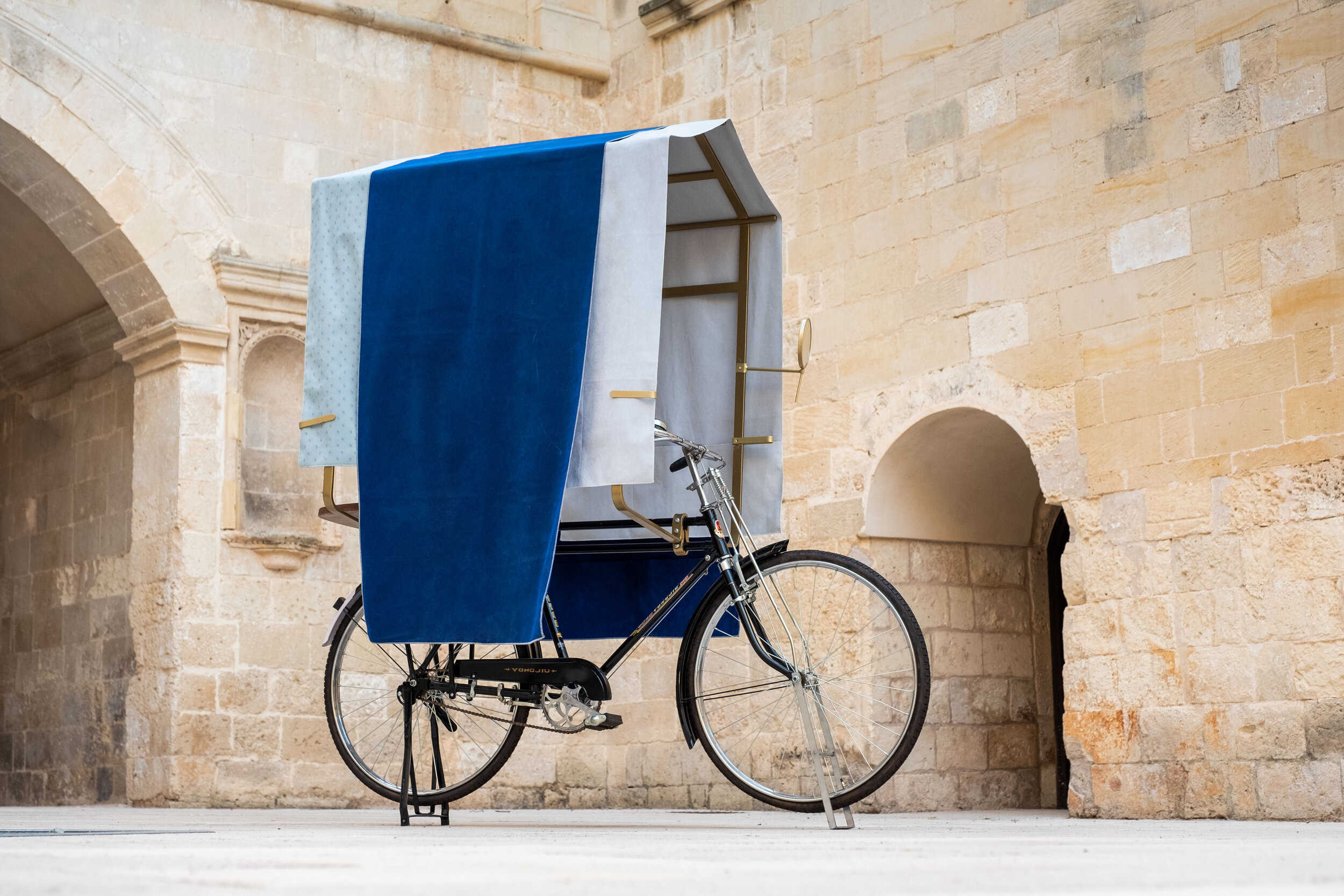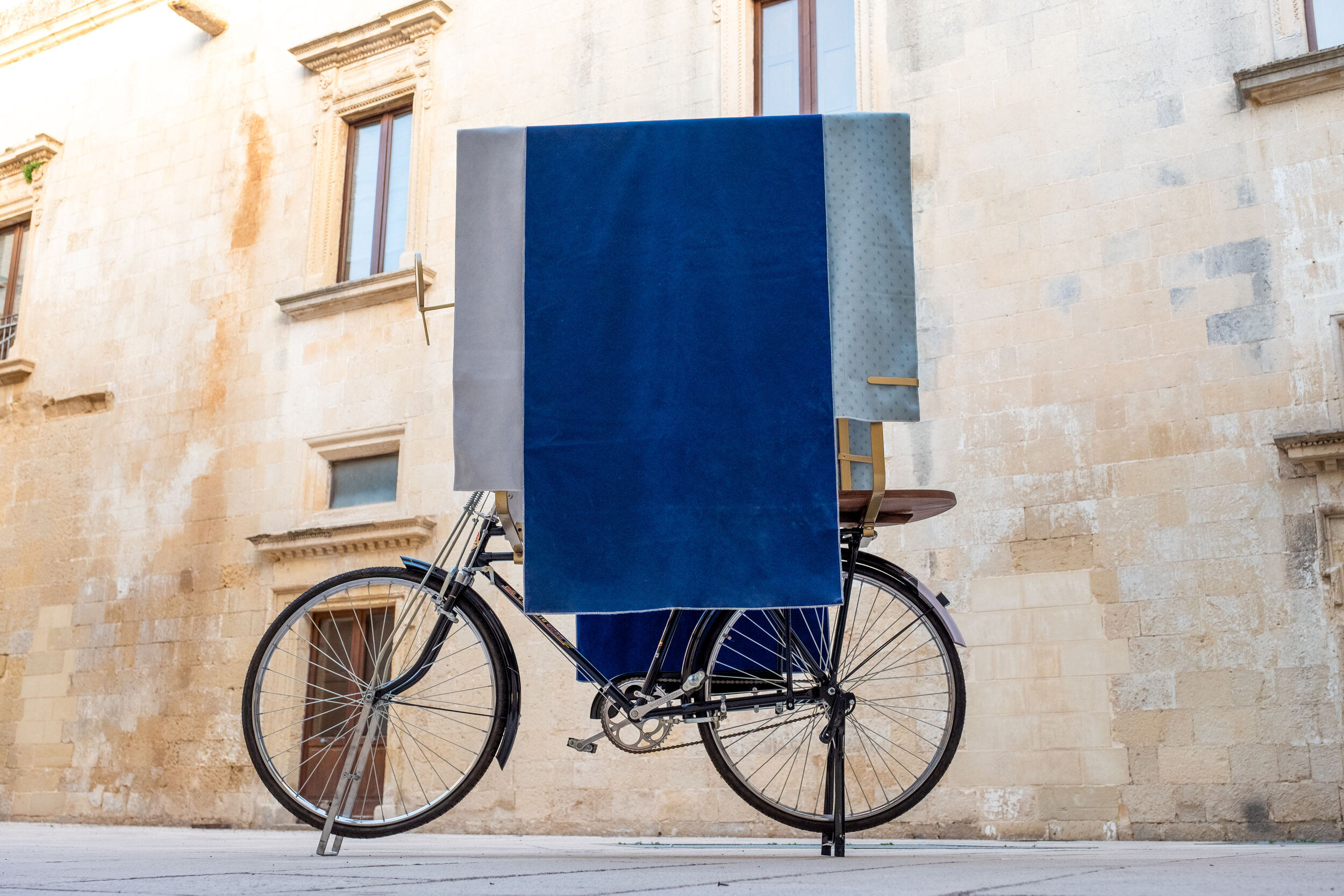KENGO KUMA & HIGASHIKAWA KAGU DESIGN COMPETITION
Higashikawa Town is located in the middle of Hokkaido (north island in Japan) and it’s sister city of Canmore, Alberta. Canada. The furniture design competition lead by Mr. Kengo Kuma & Higashikawa KAGU Design Competition Executive Committee.
The competition is open to students enrolled in various educational institutions in Japan and abroad who are 30 years of age or younger as of March 31, 2022.
https://www.kagu-higashikawa.jp/en/
The purpose of this competition.
The town of Higashikawa is a major producer of Asahikawa furniture. We are calling for designs that embody KAGU, a new, mindful way of life for the young people who will shoulder the responsibilities of the future.
KAGU is an extension of the conventional concept of furniture that aims to connect people to the world. We use a variety of objects in our daily lives, but it is difficult to see the context in which they are made and used.
We realized that in the current way of life, we handle objects without care and treat them poorly, all in the name of saving time and effort; people rush to get results, and don’t take the time to think deeply about the items they are using. This can have many harmful effects.
Our hope is that the upcoming KAGU design competition will provide an opportunity for your ideas, which have a lot of potential, to take shape and be used for a long time, so that a path towards mindful living can be realized little by little.
Kukan Design Awards 2021 - KUKAN OF THE YEAR (Japan)
Established to connect the value of spatial design to the future, the KUKAN DESIGN AWARD is the most esteemed of such awards in Japan. The mission behind the KUKAN DESIGN AWARD is to mine the salutation of our society's multi-faceted challenges and breakthrough to a hopeful future.
Over a thousand entries into eleven different categories in the 2021 Kukan Design Award. Thirteen judges selected two projects as the grand prizes for the Kukan of the year also named as Nikkei Inc Award. The winning projects are Mirai Convenience Store and The House with a public bath "KUWAMIZU SETO."
In Japanese culture, KUKAN (space) concept regards physical space and "Ma," which define as the distance between the hearts of those present in that space, the changes of affairs, and the passage of time. Therefore, design spaces are to create tremendous potential for people, society and epochs.
Established to connect the value of spatial design to the future, the KUKAN DESIGN AWARD is the most esteemed of such awards in Japan. The mission behind the KUKAN DESIGN AWARD is to mine the salutation of our society's multi-faceted challenges and breakthrough to a hopeful future.
The total of 887 entries into eleven different categories in the 2021 Kukan Design Award. Thirteen judges selected two projects as the grand prizes for the Kukan of the year also named as Nikkei Inc Award. The winning projects are Mirai Convenience Store and The House with a public bath "KUWAMIZU SENTO."
KUKAN OF THE YEAR: MIRAI CONVENIENCE STORE, design by KOKUYO Co.,Ltd.
Chief Designer: Wataru SATO
Our quest on this project was to find how the convenience store could be that brings up children and create future of KITO area.
Then our answer after due consideration was the architecture which embrace the mother nature and identity of KITO, and the architecture which people living there are proud of, and the architecture which evokes the sympathy from the world, rather than the extensional design of existing concepts.
I think this designing was like a creation of “original” story assembling the pieces of the world of local people and KITO, from the past to the future.
I would like to celebrate this honorable award with all people in this story making project.
Photo by Keita Yamamoto / Nacasa & Partners Inc.
KUKAN OF THE YEAR: The house with a public bath “KUWAMIZU SENTO".
Kuroiwa Structural Engineers
CEO: Yuuki KUROIWA
We are delighted to be chosen for KUKAN OF THE YEAR of Kukan Design Award 2021. Our team could receive this honorable award thanks to many people. Friends of owners helped the construction, and each of the area leaders and neighbors kindly supported for the application of new public bath establishment. Last but not least, we would like to thank the owners and their parents who manage the daily operation of the facility. Encouraged by this award, we continue to seek for the ways of housing that support people in emergency situation beyond the concepts of public space and private space, and we would like to contribute to the community.
Photo by Shigeo Ogawa
For more information about Kukan Design Award, please visit: https://kukan.design/en/
"THE IMPORTANCE OF BEING AN ARCHITECT" TO PREMIERE AT MILAN DESIGN FILM FESTIVAL
Italian architecture and interior design practice Antonio Citterio Patricia Viel (ACPV) presents the film ‘The Importance of Being an Architect’ (a MyBossWas production, by Giorgio Ferrero and Federico Biasin, 60’, Italy) . Conceived as a choral and musical documentary that investigates the responsibility of architects in building the society of tomorrow, the film will be screened for the first time at the Milan Design Film Festival, taking place between October 20 and 24, 2021.
Italian architecture and interior design practice Antonio Citterio Patricia Viel (ACPV) presents the film ‘The Importance of Being an Architect’ (a My Boss was production, by Giorgio Ferrero and Federico Biasin, 60’, Italy) . Conceived as a choral and musical documentary that investigates the responsibility of architects in building the society of tomorrow, the film will be screened for the first time at the Milan Design Film Festival, taking place between October 20 and 24,2021. Set in four acts, the film explores – through the gaze of architect Antonio Citterio, one of the most renowned Italian designers in the world, and architect Patricia Viel, the two co-founders of ACPV – a vision for the architecture of tomorrow, centered on an armistice between nature and the built environment.
Alternating dialogues with various personalities from the world of fashion, art and design, and exploring pieces of architecture designed by ACPV, the documentary offers a vision of the post-Covid world, in the midst of the climate crisis and urban redistribution, while guiding the viewer between elements of the design methodology, from data analysis and technological innovation, to travel as an inexhaustible engine of inspiration. “My life has always been a journey through places, ideas and experiences that represent a continuous source of inspiration: this film revisits these moments to map the outlines of my vision for the future,”says Antonio Citterio.“ In 2020, I turned 70, celebrated the 50th anniversary of my career, and the 20th anniversary of the practice founded together with Patricia Viel. This documentary has been an opportunity to take a step back and look at the most important moments of the past decades as an architect and designer.”Conceived as a virtual dialogue and musical journey, the film starts off with the first act that focuses on the compatibility between architecture and nature, with personalities such as Anna Zegna, Massimo De Carlo, Francesco Bonami and Rolf Fehlbaum, who seek a definition of the concept of architecture and the social responsibility that it carries in present-day society. In the second act, the former director of the Design Museum (London), Deyan Sudjic recounts Antonio Citterio’s professional path as a designer and architect, starting from the 1980s creative boom in Milan.
“With this film, we are proposing an interpretation of the role that architecture and architects will playin present-day society and beyond,” says Patricia Viel.“We do it through a series of dialogues with people from the world of art, fashion, culture and lifestyle, with whom we have built a shared history.Architecture is introduced as an undulating, non-intrusive element, echoed in the notes hit by the musicians that bring the four acts to life.”
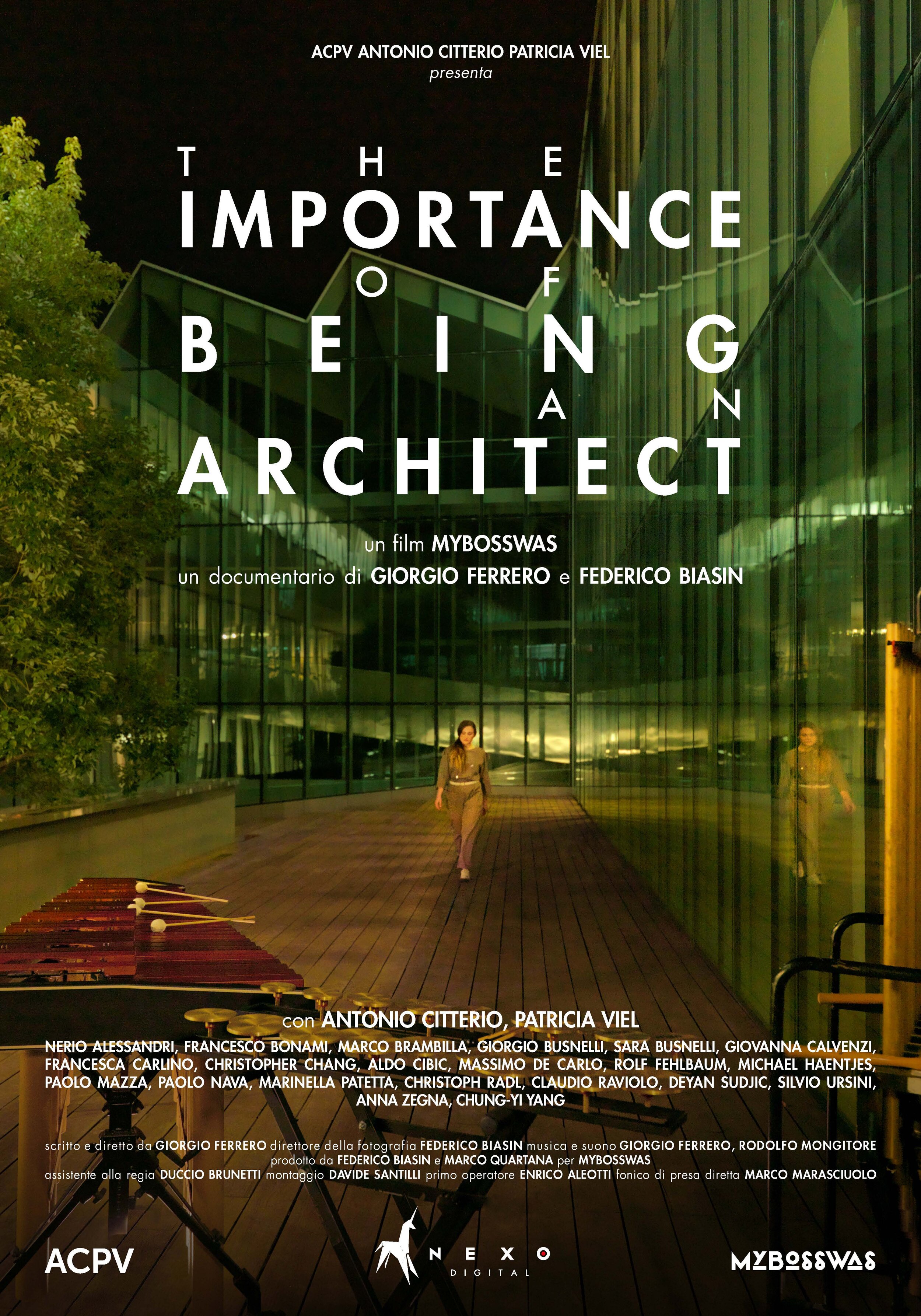
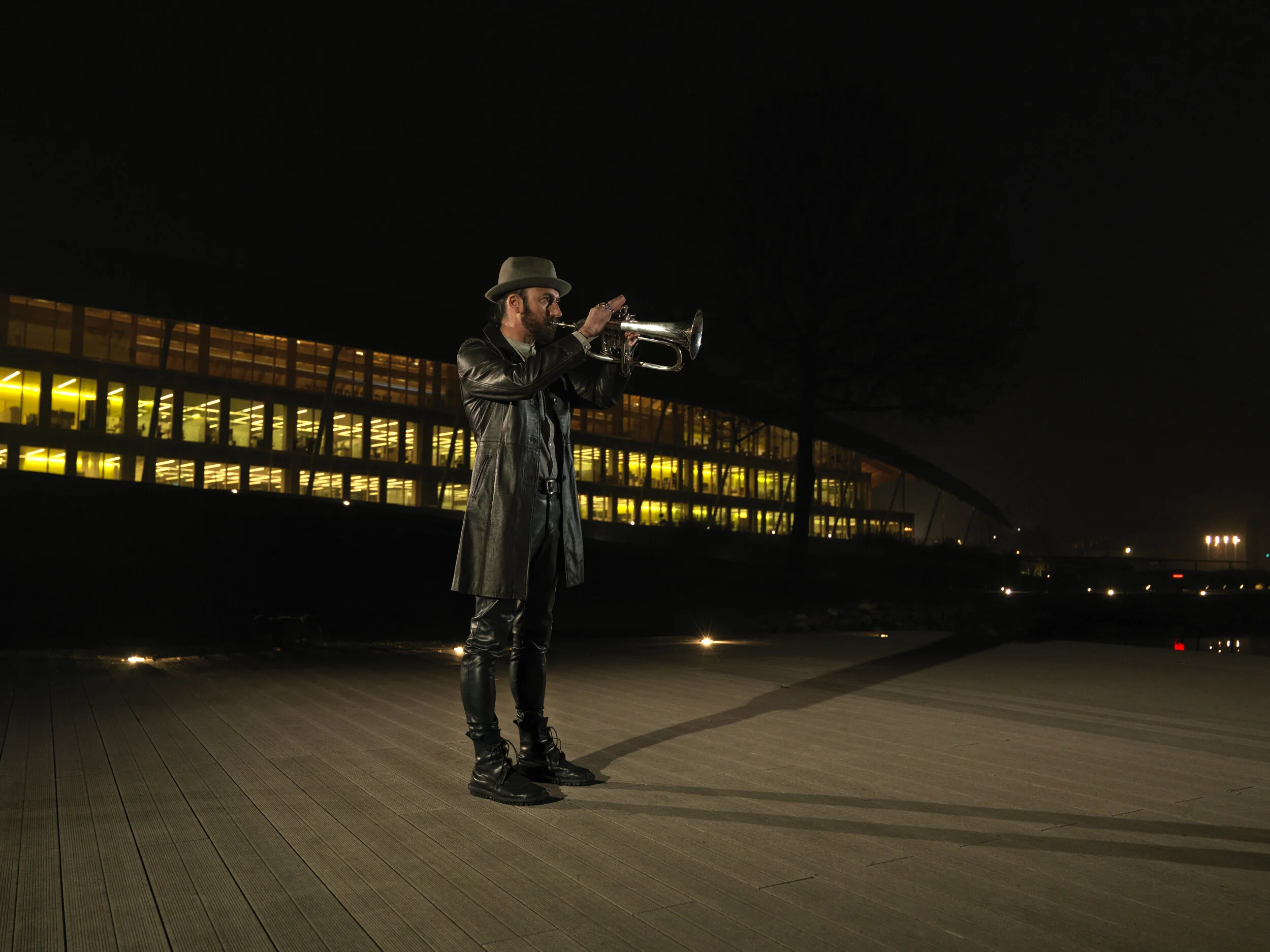
In the third act, ACPV opens up to the viewer, offering a glimpse of a holistic and multidisciplinary approach to the day-to-day complexities of designing buildings and spaces. The film closes with the memories of the great masters Antonio Citterio and Patricia Viel met during their life and work; and finishes with an understanding of how the responsibility of the architectural profession has evolved, as far as being expected to respond to social changes and the challenges of globalization. “With this film, we are proposing an interpretation of the role that architecture and architects will playin present-day society and beyond,” says Patricia Viel.“We do it through a series of dialogues with
The film will be screened during the Milan Design Film Festival (October 20-24, 2021) at Teatro FrancoParenti (Via Pier Lombardo, 14 – 20135, Milan), and it will be available for streaming during the Festivalat https://www.milanodesignfilmfestival.com/
The Ultimate Nostalgia Tai’an’s Ceremony Hall - The Hometown Moon
The parking lot is the last reminder of modern civilization. To access the Hometown Moon, visitors must go through a purifying road. It takes about five to ten minutes to walk along the path between mountains and streams. The entrance lies behind a boulder.
The Possibilities of a New Hometown
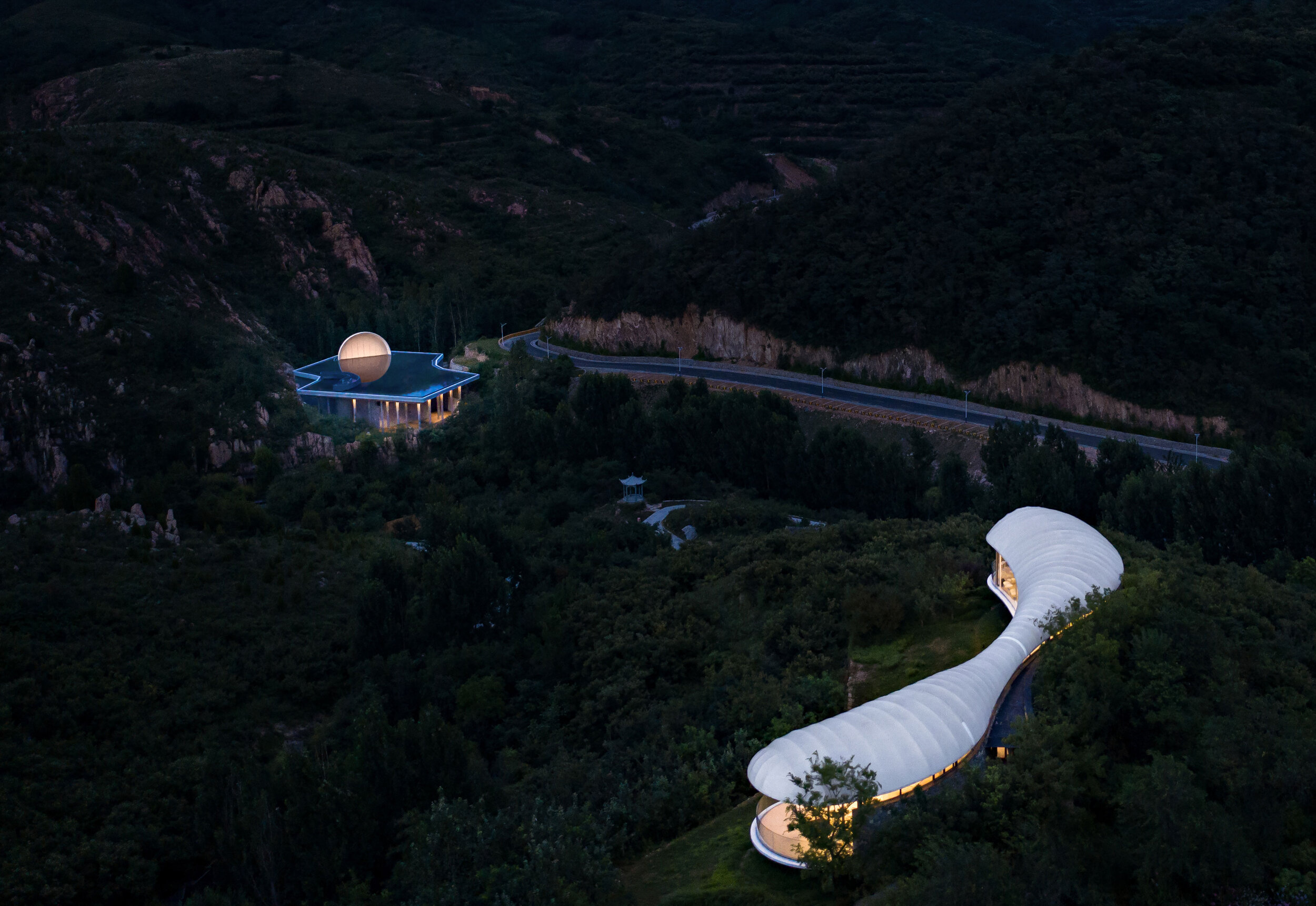
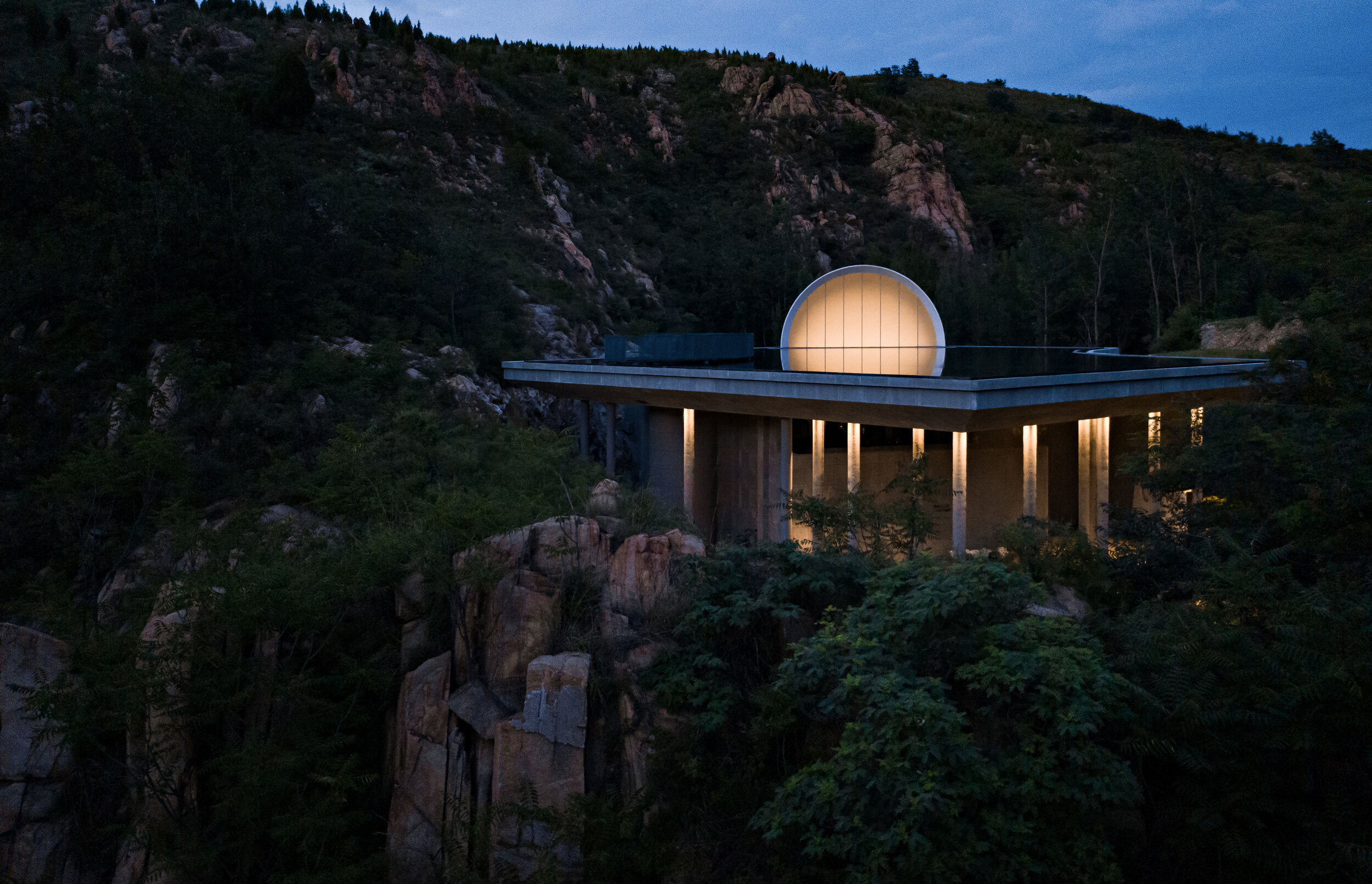
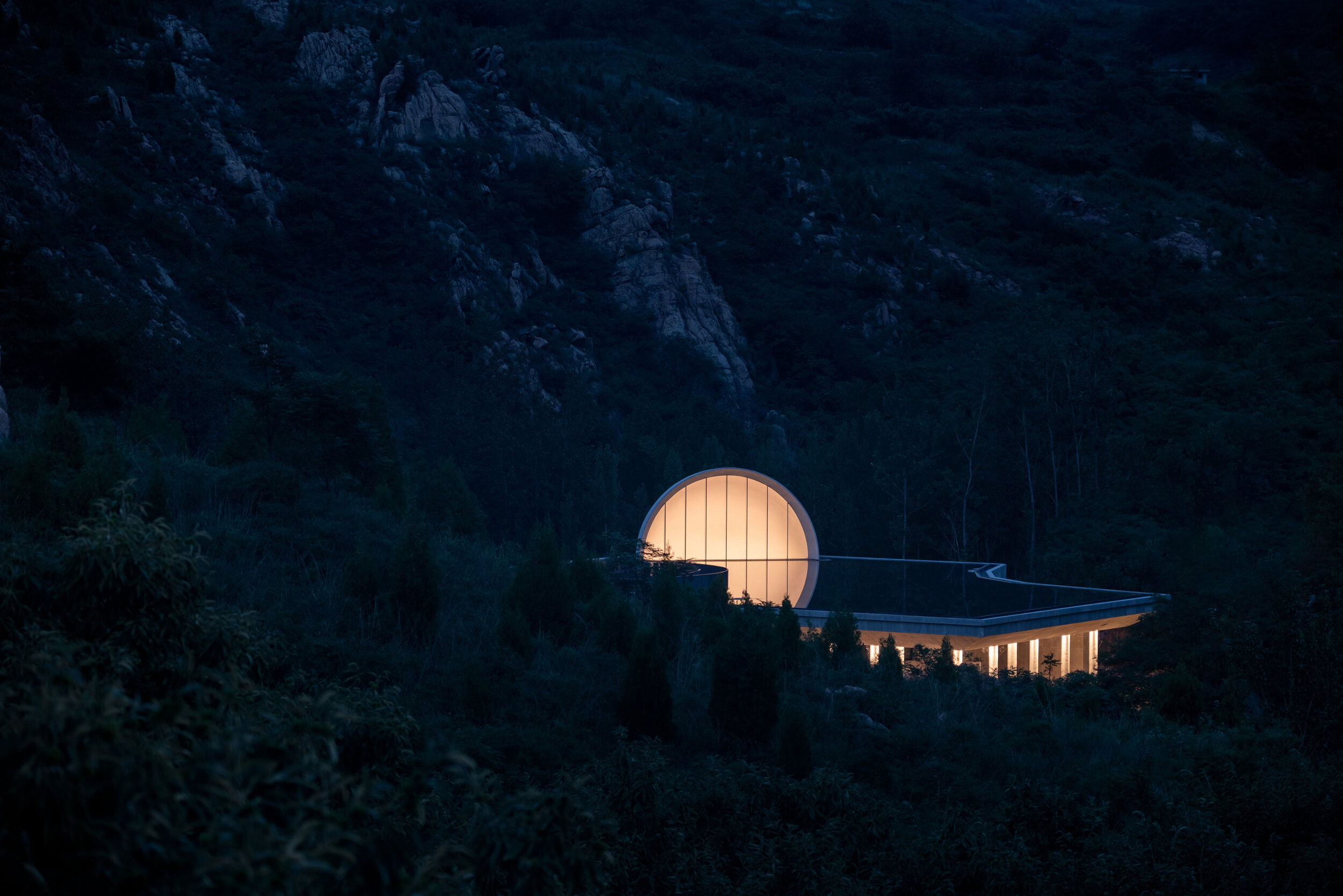
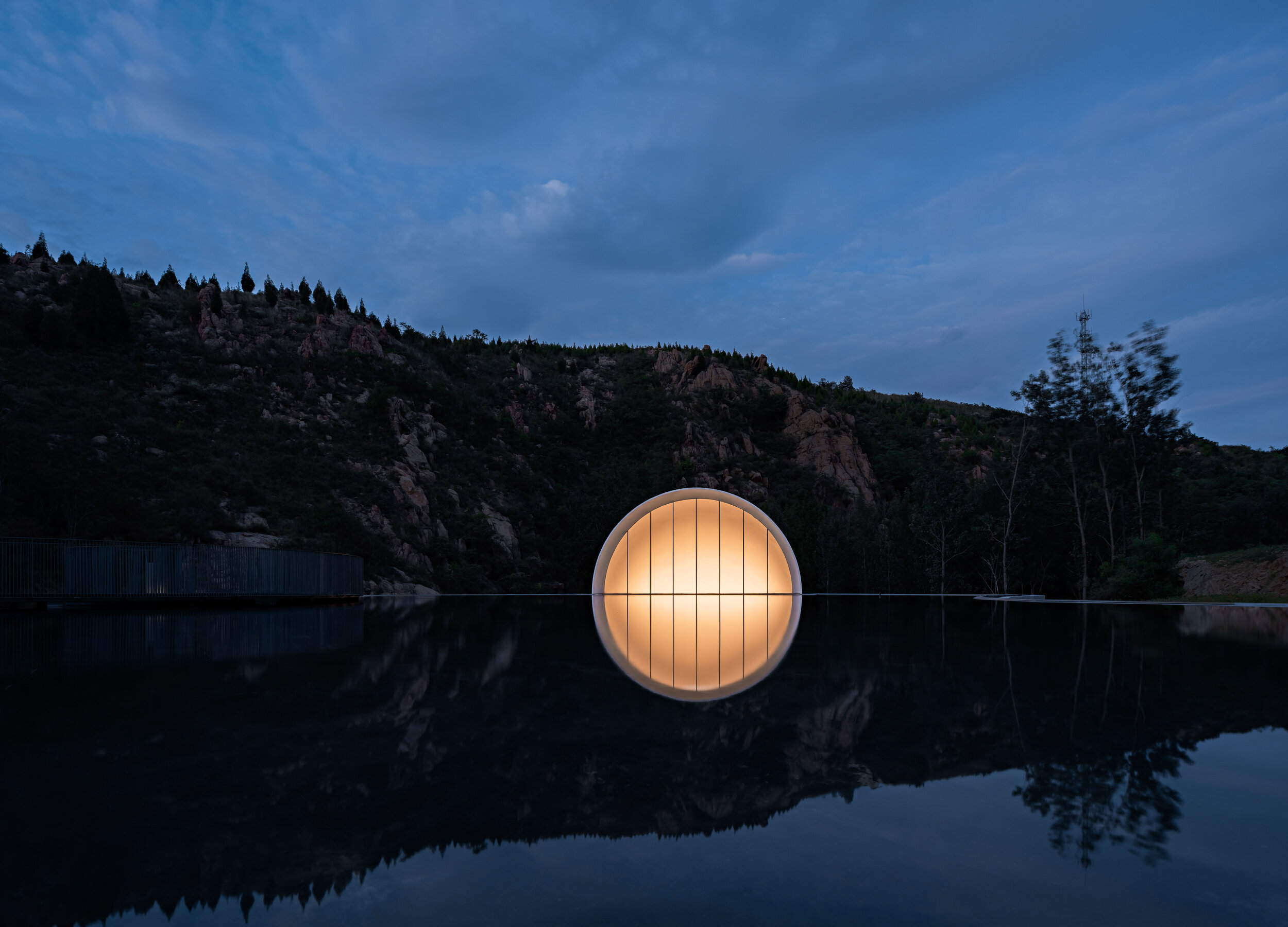
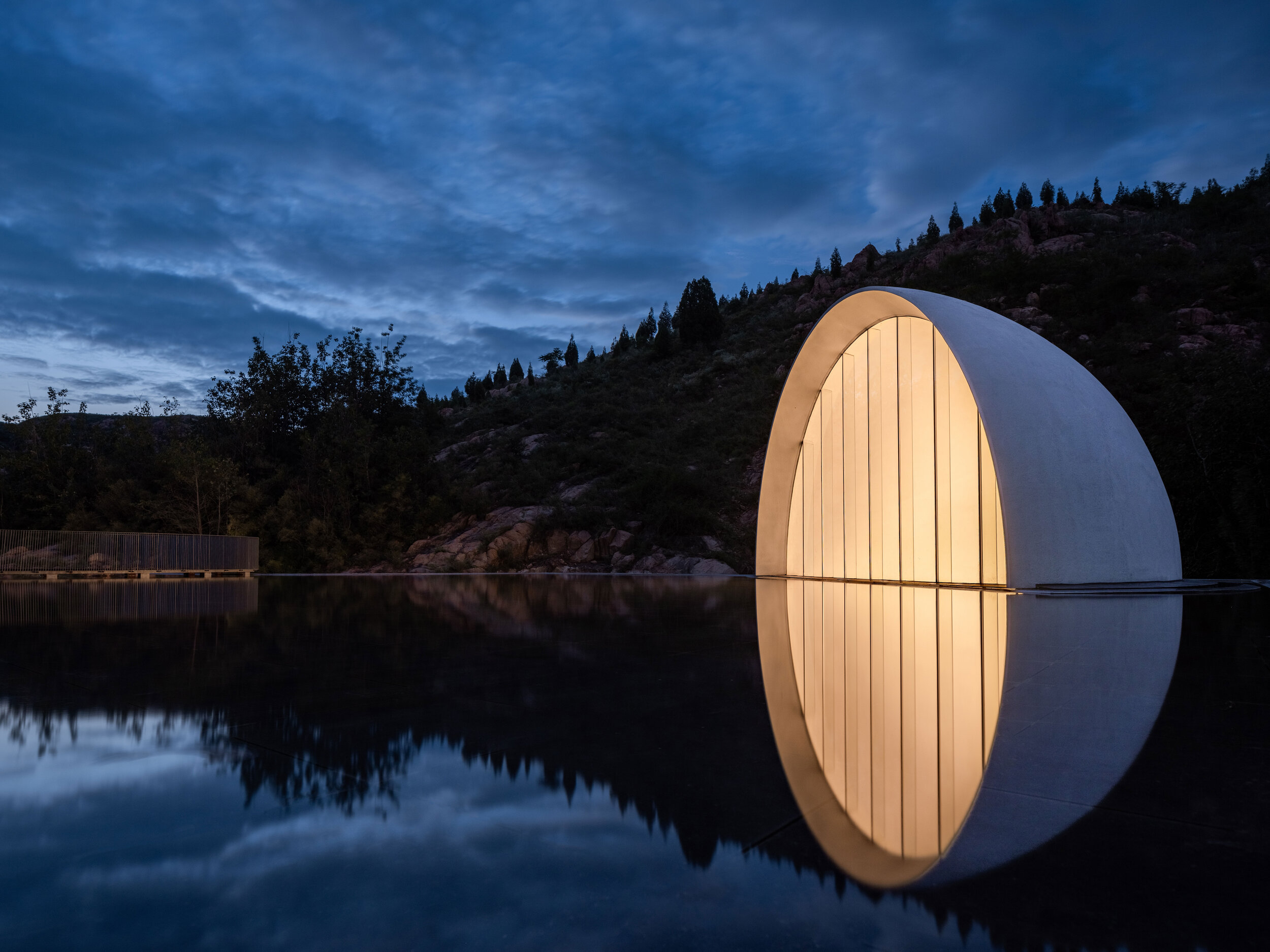
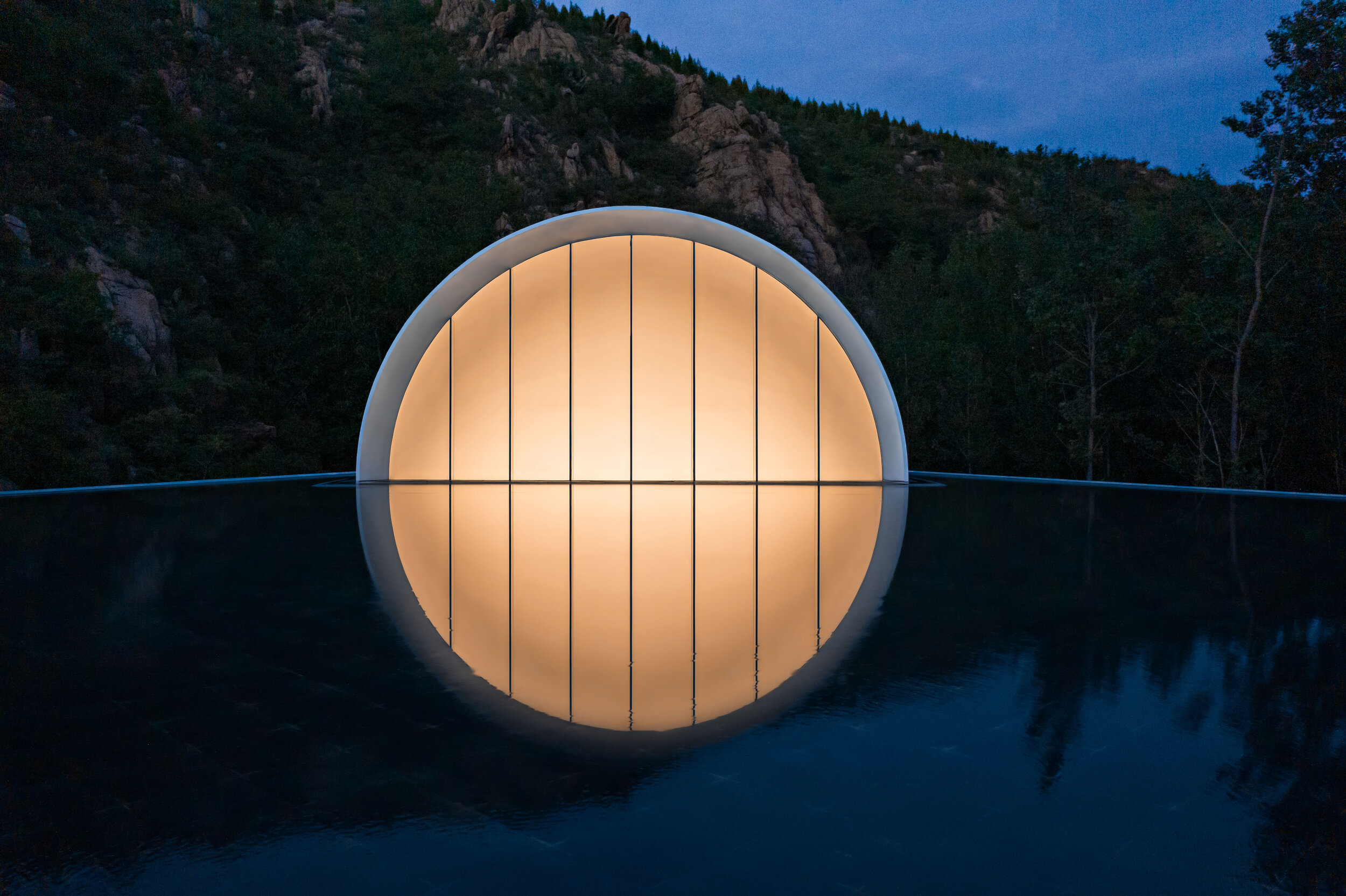
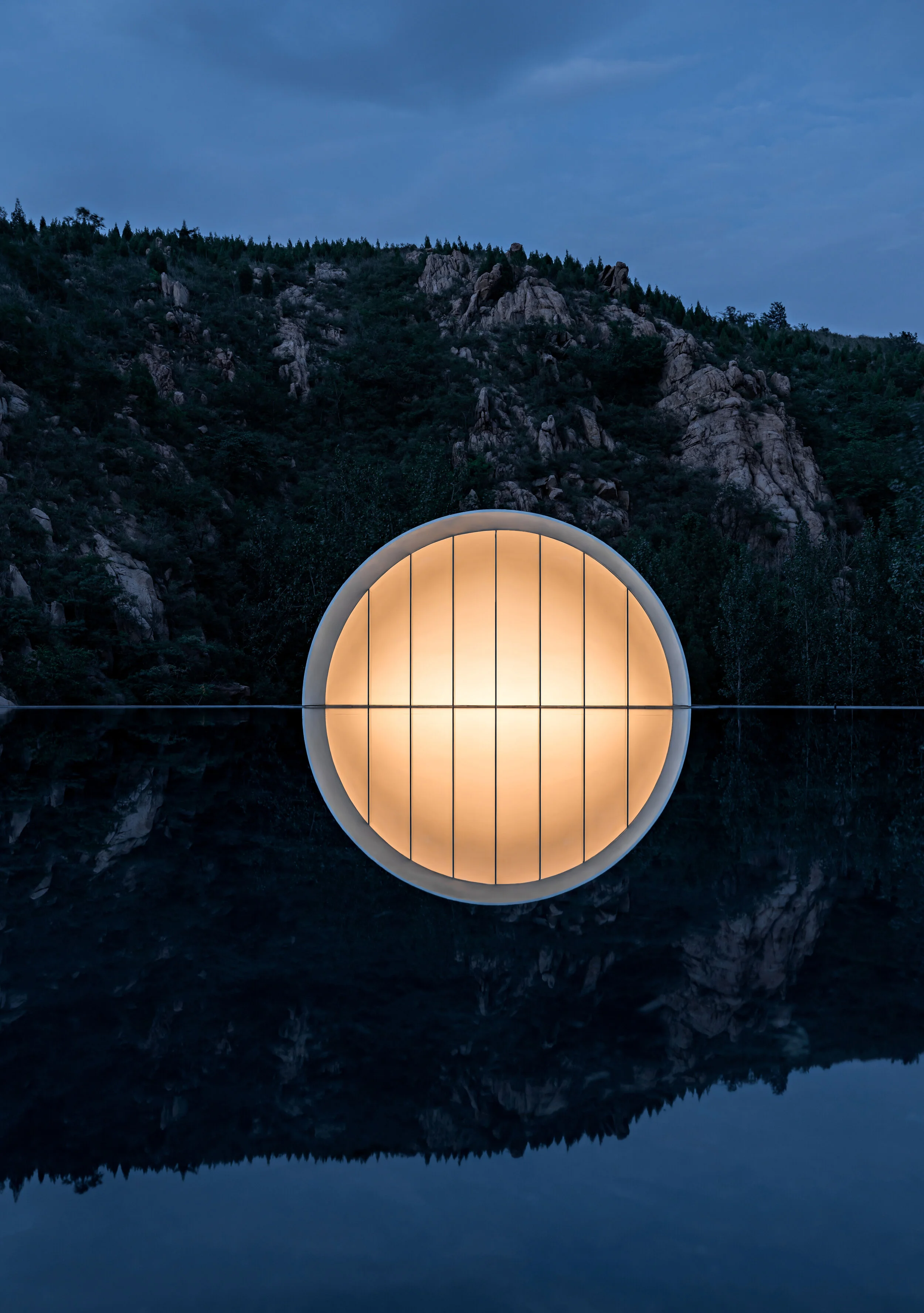
An assortment of colourful banners welcomes passengers at the high-speed train station in Tai’an, China. The headlines perched above the Jiunv Crest (Nine Women’s Peak) showcase a Hometown Moon or a Hometown Cloud, inviting people to walk on the moon or wander around the cloud. The intriguing wording is part of a creative campaign inviting travellers to visit attractions lying beyond the main scenic area of Mount Tai. The strategy looks to breathe new life into Nine Women’s Peak, a branch of the famous mount that gives its name to the city of Tai’an.
At the beginning of 2019, Shandong Lushang Group commissioned Syn Architects to develop the overall planning and design of the mountainous area, its villages, and the Hometown Moon, the representative structure of the project. In no time at all, a Hometown Cloud state of mind began to spread out. Fei Xiang’s theme, Hometown Cloud, was played repeatedly in the building. The romantic song from the ’80s swayed people’s emotions, creating a nostalgic atmosphere. Nine Women’s Peak drew attention on social media, bringing new people, new faces, new industries, and new possibilities to the area around Dongximen Village. The region of humble villages became an online phenomenon that attracted thousands of tourists. During the project, Lushang Group effectively used the image of “a cloud” to demonstrate the enormous value of architecture as a communication medium.
However, a series of scattered constructions is not enough to stimulate the growth of a region. Thus, the online popularity of the Hometown Cloud slowed down in less than a year. Today, Lushang Group demands a long-term holistic approach that can connect the string of mountain villages in the 55 square kilometres area. The definition of industrial and spatial structures and the introduction of new wonders that satisfy visitors looking for fresh experiences is needed too. In this regard, Syn Architects integrates daily life, industrial development, and environmental science in every project. Taking advantage of its years of practical experience in rural areas, the firm developed client markets in Jinan, Shandong province’s capital city. Additionally, attractions such as the Balou Theater and the Hometown Moon, and their supporting facilities, were unveiled one after the other. In this way, Syn Architects returns to the birthplace of Confucianism, rebuilding the relationship between dualities such as the city and the countryside, modern society, and homesickness, searching for forgotten values and neglected possibilities.
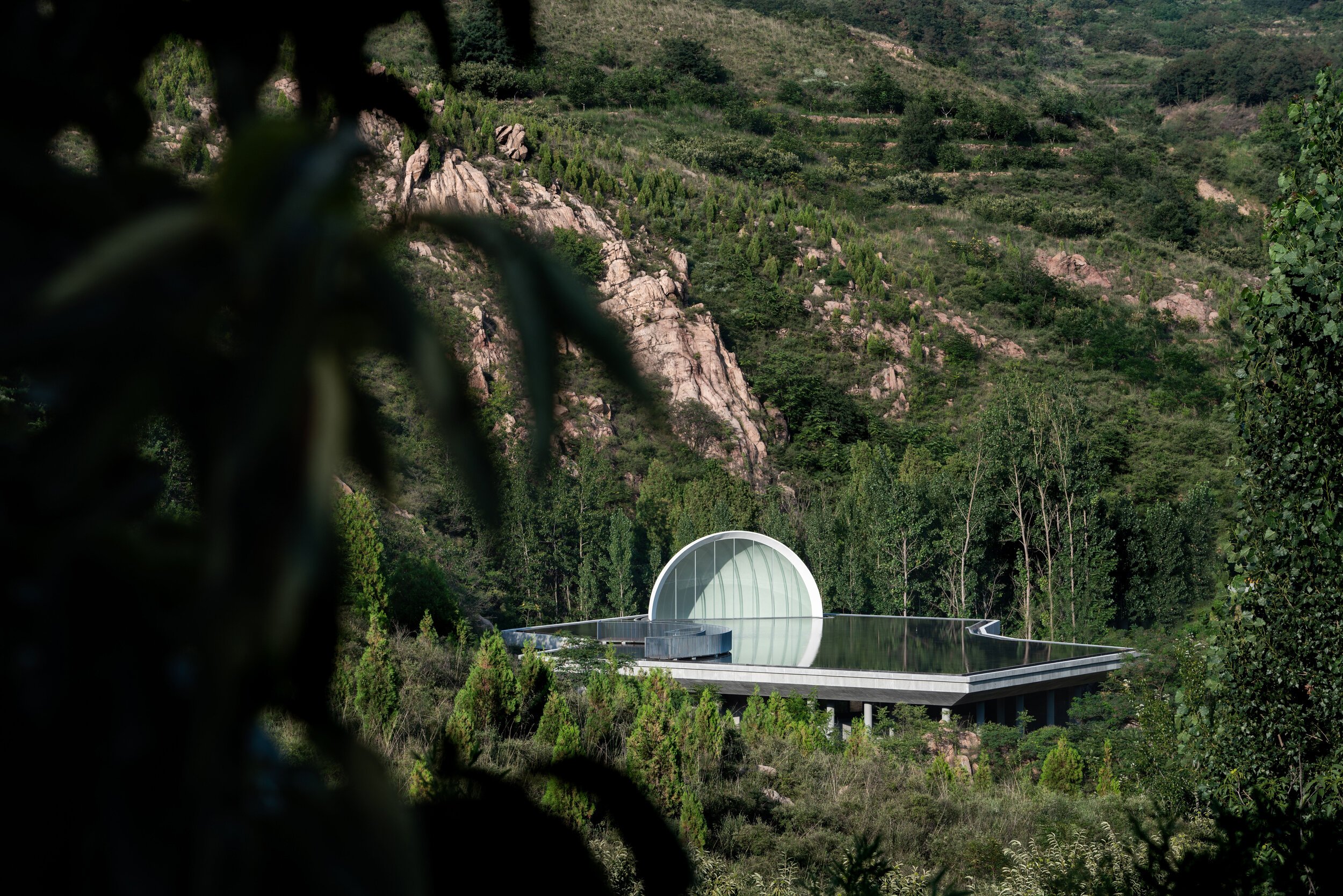
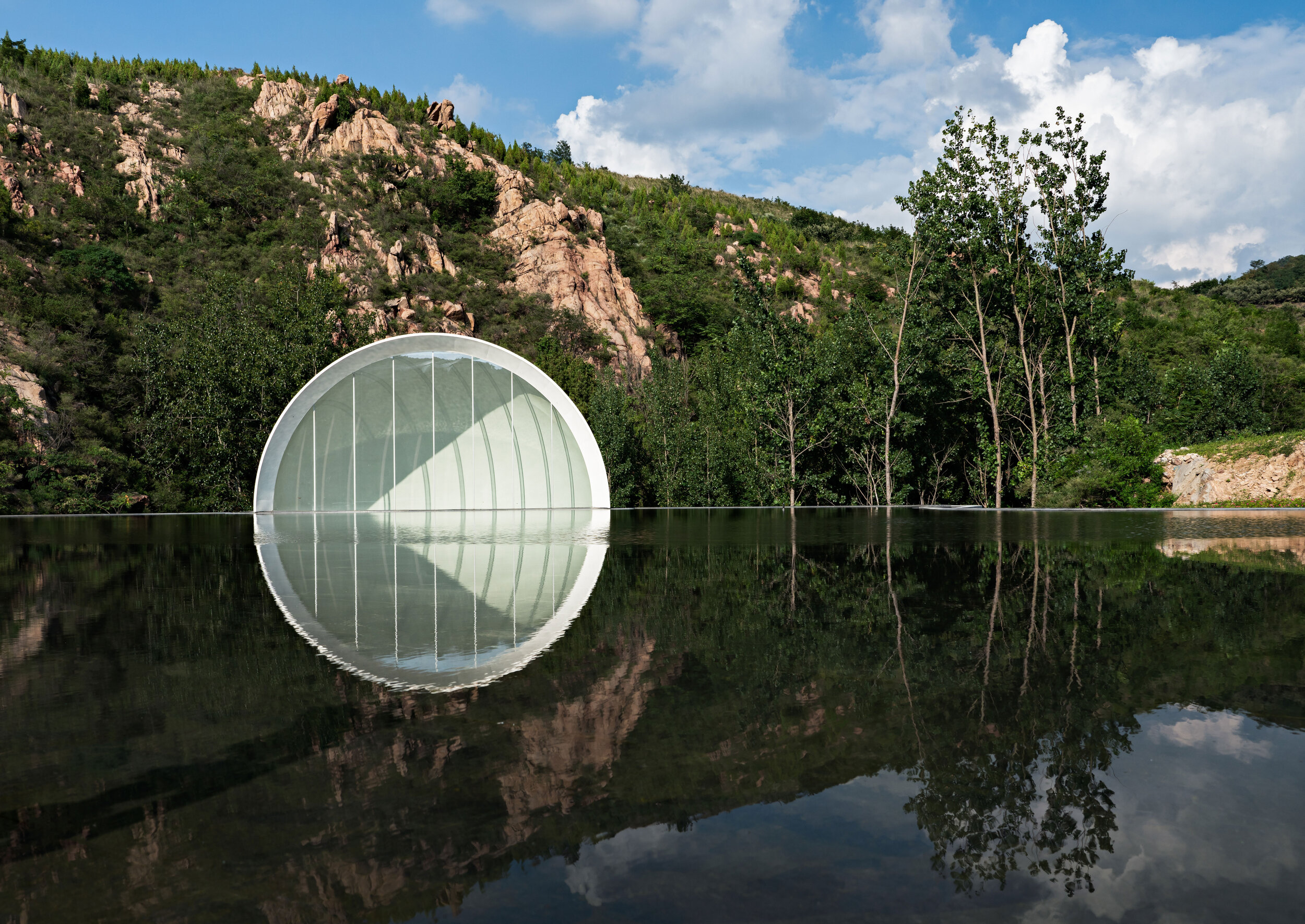
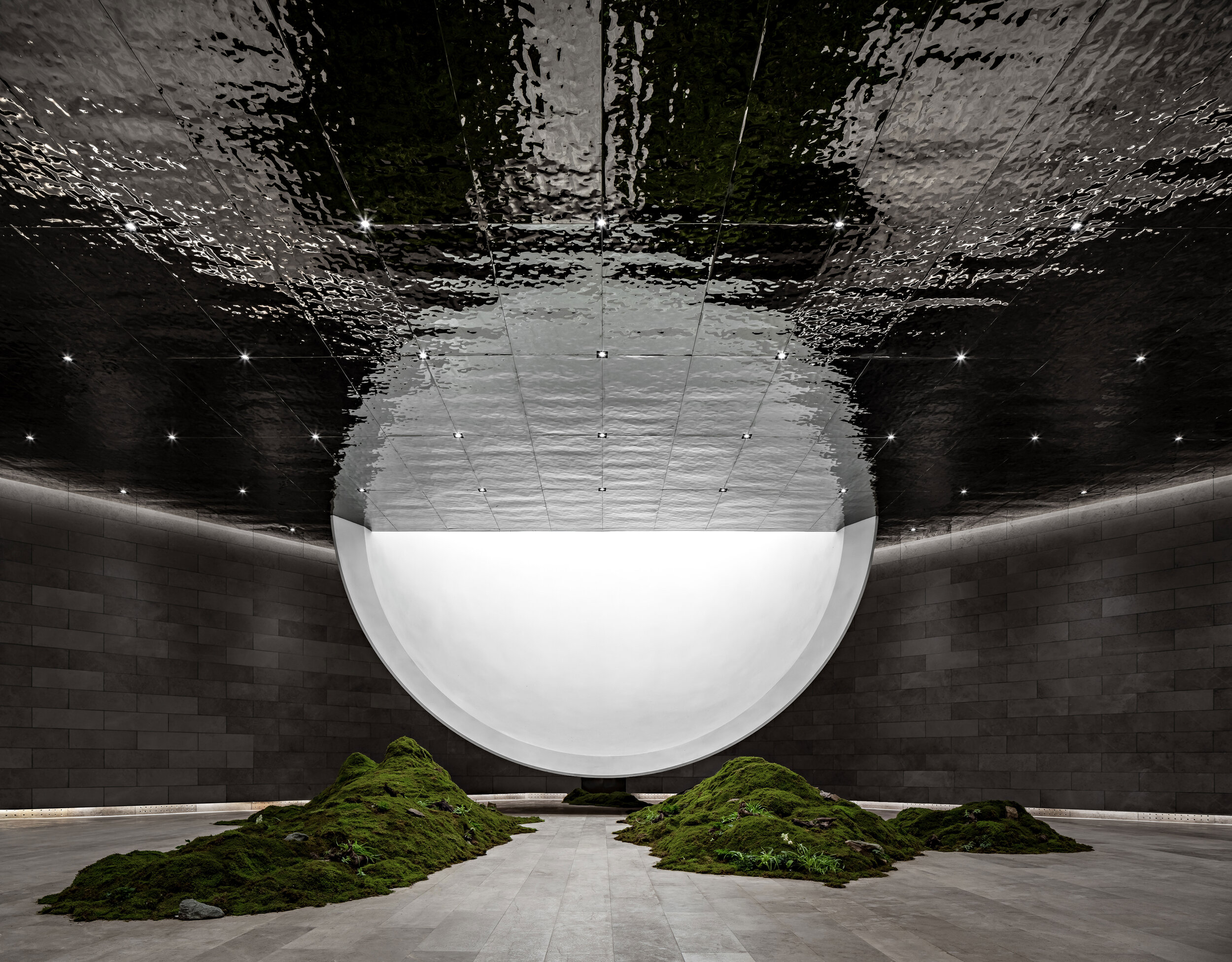
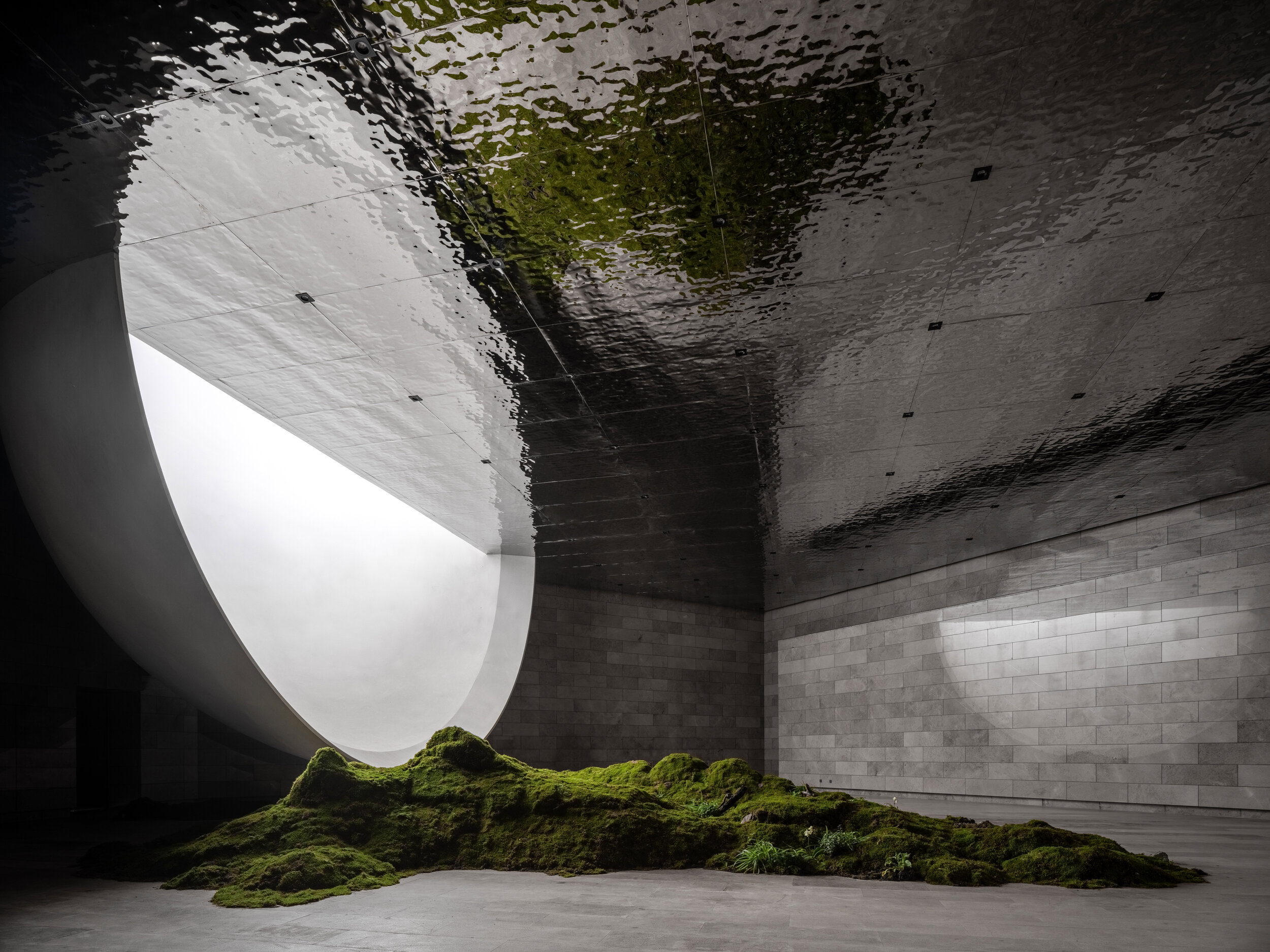
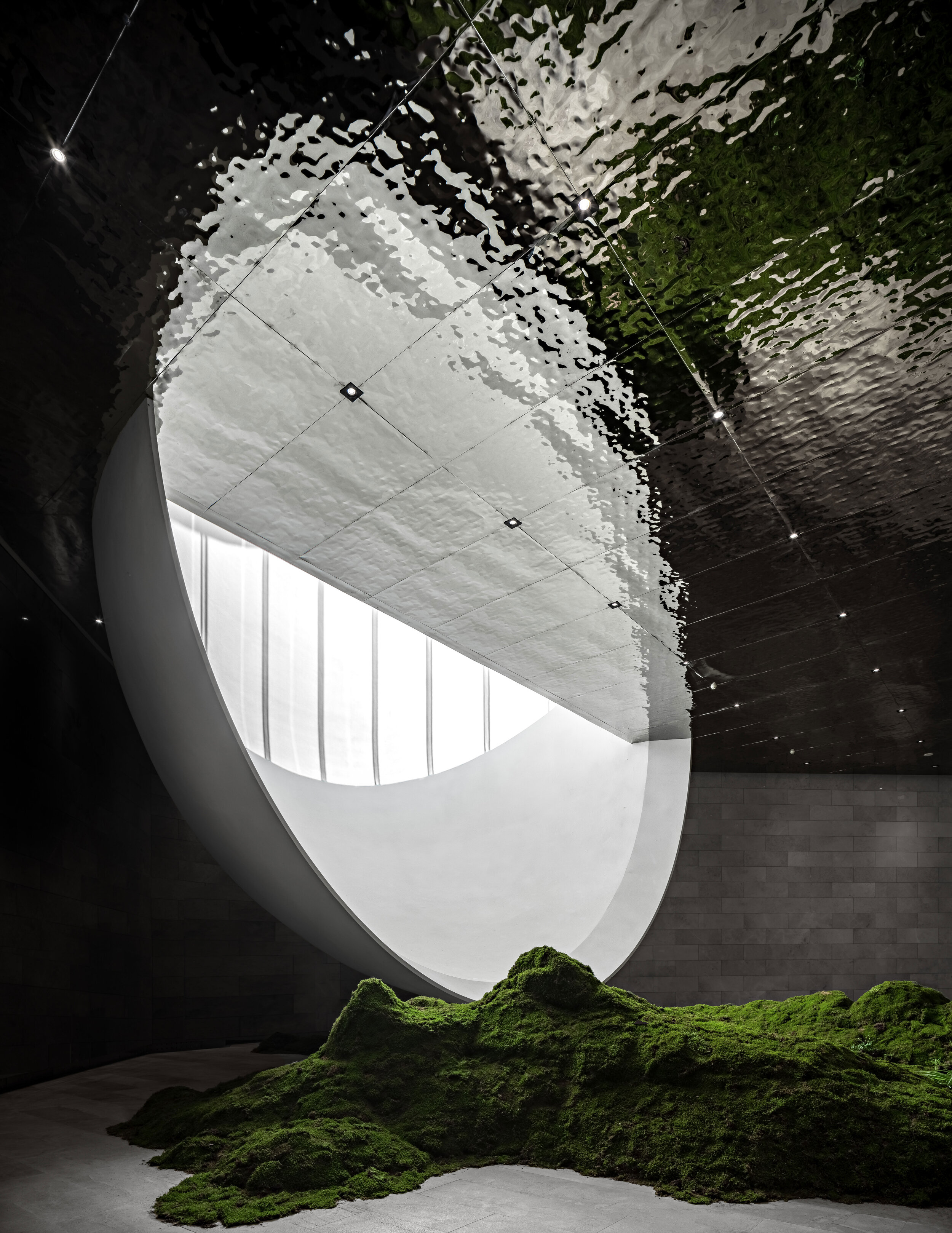
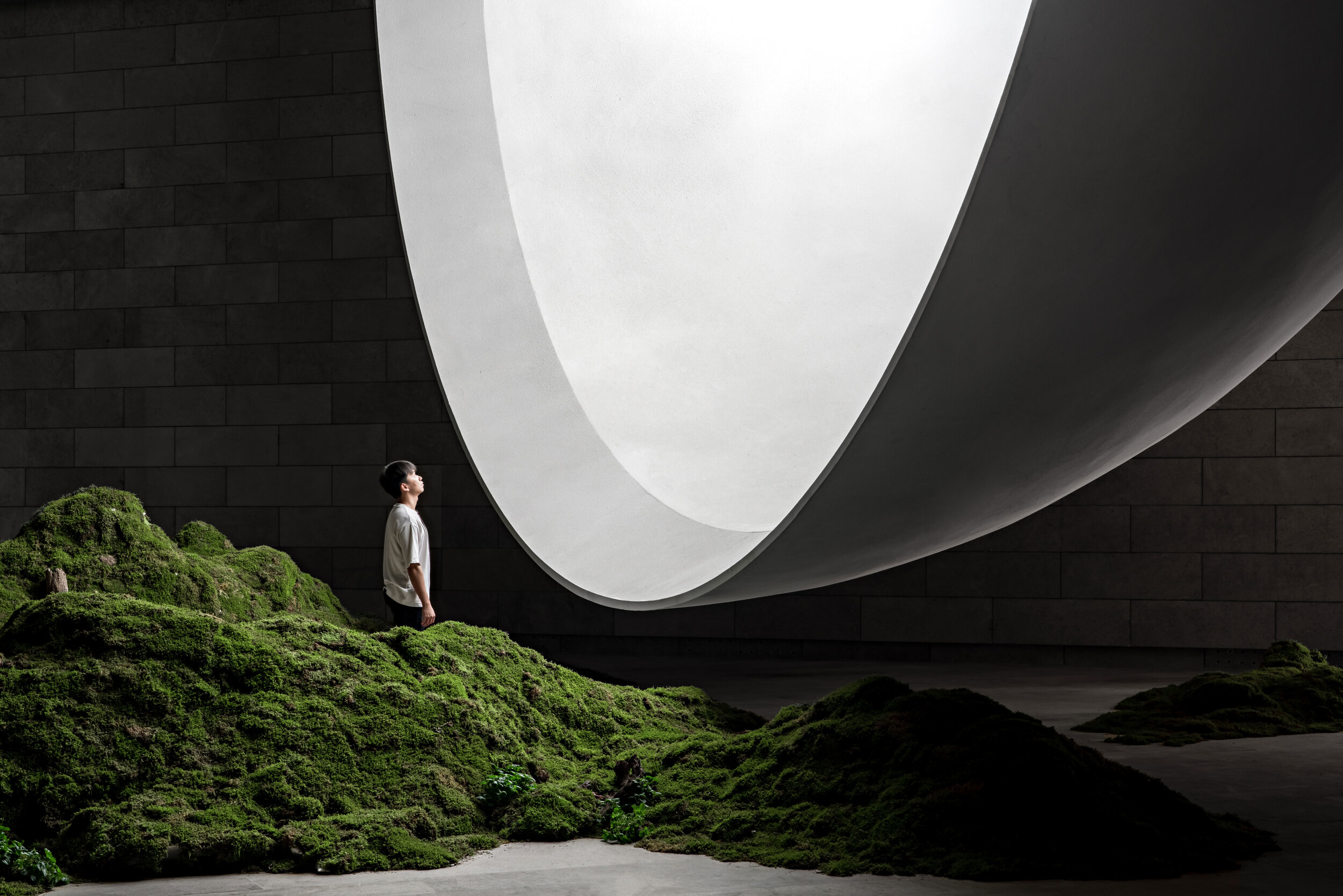
The Moon is the Light of Our Hometown
The original concept for the Hometown Moon comes from the developer. During the Mid-Autumn Festival of 2019, a moon-shaped balloon with a diameter of 10 meters was lit up in Nianhua Bay, spreading magical colours and lights all around. Inspired by the scene, the Lushang Group hopes to light up a full moon at the Nine Women’s Peak and write the next chapter in intellectual property for designed hometowns.
Mr. Zou Yingxi, the lead architect and planner of the project, hopes to infuse a deep meaning into the artificial moon. He longs for a moon that never sets. According to this rhetoric, the building functions as a ceremony hall designed to escape conventionalisms. Among its main features, the structure attracts locals and tourists from other provinces, can host ceremonies and events, and provide spiritual and operational values that strengthen the village’s resources.
An ancient poem from the Song Dynasty ponders the nature of perspective and emotion: “the clouds and the moon remain the same, but mountains and rivers evolve throughout time.” Modern-day catalysts are also capable of evoking nostalgia, regardless of location. As such, an architectural poem about the moon does not need to relate to the classical symbol. Under this philosophy, Syn Architects combines abstract geometrical shapes and simple materials to create a pure space with complex visuals that stimulate the soul, leaving traditional figurative expressions behind.
The Route Guidance
The parking lot is the last reminder of modern civilization. To access the Hometown Moon, visitors must go through a purifying road. It takes about five to ten minutes to walk along the path between mountains and streams. The entrance lies behind a boulder. From here on, visitors begin to enjoy communion with nature. Birds singing, insects chirping, rustling leaves, gurgling streams, and hearts beating with joy and anticipation; the sounds of nature make visitors feel at ease. After crossing a mountain, a river, and exploring a few curved pathways, visitors finally arrive at the building. Here, they ponder about the intriguing nature of the architecture. And on the emotional side, their senses of hearing and smell are stimulated by their natural surroundings.
The long and winding paths increase the curiosity of visitors. Attracted by a building in the middle of nature, they suddenly find themselves inside the structure, wondering about the charms of an inverted moon. Like Buddhist meditation, the experience develops insight by feeling the background of mountains and forests to complete a mental reorganization, soothing the souls of urban residents. Along the plank road, there are playgrounds, cabin camps, bonfire areas, and anti-fog devices. These and other similar spaces enrich the experience and the dimension of the project.
Bridges on top of the structure allow visitors to contemplate the moon by the reflecting pond without entering the building. There is a plank road connection between the group of bridges and the mountain that grants access for this purpose. If there is an ongoing ceremony in the room, the door on the roof can be closed to avoid interference. If there is no activity in the room, visitors touched by the moon on the ceiling can enter the building and contemplate the lower half of the moon.
The parking lot is the last reminder of modern civilization. To access the Hometown Moon, visitors must go through a purifying road. It takes about five to ten minutes to walk along the path between mountains and streams. The entrance lies behind a boulder. From here on, visitors begin to enjoy communion with nature. Birds singing, insects chirping, rustling leaves, gurgling streams, and hearts beating with joy and anticipation; the sounds of nature make visitors feel at ease. After crossing a mountain, a river, and exploring a few curved pathways, visitors finally arrive at the building. Here, they ponder about the intriguing nature of the architecture. And on the emotional side, their senses of hearing and smell are stimulated by their natural surroundings.
The long and winding paths increase the curiosity of visitors. Attracted by a building in the middle of nature, they suddenly find themselves inside the structure, wondering about the charms of an inverted moon. Like Buddhist meditation, the experience develops insight by feeling the background of mountains and forests to complete a mental reorganization, soothing the souls of urban residents. Along the plank road, there are playgrounds, cabin camps, bonfire areas, and anti-fog devices. These and other similar spaces enrich the experience and the dimension of the project.
Interventions
When the surroundings become gray, the visitors are officially inside the territory of the moon. The building occupies more than 1,000 square meters consisting of the moon, the cavity, and the grey space. Inspired by the mountain stream by the base of the building, the designer uses architecture as a medium to reproduce the romantic idea of a moon born on the sea.
The placement of the Hometown Moon was designated considering several factors: the altitude needs to remain moderate, and the building must not block the mountains behind it. It should not be blocked by the hill in front of it either. Proportion-wise, the diameter of the moon and the area of the water surface must match to ensure that the architectural piece and its reflection on the water form a full moon together. Furthermore, the cavity in the building needs to contain half of the moon with a diameter of 12 meters. The space also needs to allow the appropriate height required to host ceremonies.
The depth of the roof pond needs to consider the water evaporation rate. In this regard, a water reservoir 0.5 meters deep and a central interlayer device work together to reduce the hydration frequency. The ceremonial space needs to remain column-free, and the form and shape of the full moon need to limit the thickness of the beams. A ribbed and beamless concrete floor meets the load-bearing requirements of the structure at a reasonable price too.
Syn Architects takes advantage of the materials available in the area to adopt a limited intervention approach. The strategy consists of widening the base of the valley before erecting the building. Such a method also preserves the original spillway to help prevent natural disasters. The foundations are dug according to the calculated diameter of the moon and the space desired. Furthermore, the rocky and mossy walls of the mountain remain untouched as a natural limit to the project. In this way, the walls showcase the struggle between man and nature while further participating in the aesthetic concept.
The natural scenery is the starting point of the Hometown Moon. Indeed, nature is the catalyst that feeds the imagination of architects. They ensure that the solution is reasonable, achieving goals and fulfilling spatial and functional requirements by maximizing the integration with nature.
Project Information
Project Name: The Hometown Moon
Location: Daolang Town, Tai’an City, Shandong Province
Client: Taian Lushang Jiunvfeng Rural Revitalization Co., Ltd.
Project type: Architecture Design, Landscape Design, Interior Design
Design Period: 2019.10-2020.7
Construction Period: 2020.7 -2021.6
Site Area: 1866 sqm | Architecture Area: 1469 sqm | Interior Area: 856 sqm | FAR: 0.78 | Green Rate: 30% | Function: Chapel
Project Team:
Chief Architect:Zou Yingxi
Project Architect: Liu Yuan, Jin Nan
Interior Design Team: Xia Fuqiang, Qian Guoxing, Cao Zhenzhen, Liu Tingting, Li Qianxi
Interior Rendering Team: Feng Yan, Guo Mengjia, Li Hui
Landscape Design Team: Jin Nan, Xu Lu, Liu Shuang, Li Beibei, Liang Jingqi
Architecture Rendering Team: Zhu Feng, Chen Lan, Liang Xiaoting, Ruan Jianjun, Shi Lina, Tang Tang, Zheng Lihua, Liu Shuang (Sketch)
Contractor: Shandong Tai Shan Puhui Construction Ltd,.
Structural Engineer:Wang Qiang, Yang Jian, Yan Dongqiang
MEP Consultant:Huang Yuanzheng, Mei Yantao, Ji Pengcheng
Lighting Design:Create stars studio lighting design
Other consultants:Feng Yasong, Liao Shijie, Chen Lu, Xu Yan, Zheng Shuai
Main Contractor: Shandong Tai Shan Puhui Construction Ltd,.
Materials:
Slab, Glass, Wood Panels, Stainless Steel Panels / Photographer: Zheng Yan/ Video: Huasheng
“Since the completion of the building, it has started a dialogue with users and nature. I look forward to seeing it being modified over time, further blending with the environment as the trees grow.
Each architecture has two destinies: being destroyed or being protected. I look forward to creating an architecture that is reluctant to be destroyed. It will be the highest achievement of my career. For this reason, I will bestow deeper meaning to my architecture and create more emotional bonds for its users. I hope that the moon can become this kind of architecture. Even if it disappears in time, it will still exist in our spiritual world.”.
Zou Yingxi
Lead Architect
of SYN Architects
“Since the completion of the building, it has started a dialogue with users and nature. I look forward to seeing it being modified over time, further blending with the environment as the trees grow.
Each architecture has two destinies: being destroyed or being protected. I look forward to creating an architecture that is reluctant to be destroyed. It will be the highest achievement of my career. For this reason, I will bestow deeper meaning to my architecture and create more emotional bonds for its users. I hope that the moon can become this kind of architecture. Even if it disappears in time, it will still exist in our spiritual world.”.
5 young talents selected for "UNDER 30! at DesignArt Tokyo
DESIGNART TOKYO” is one of Japan’s largest design and art festivals. Now is the time that new ideas, creative thinking, and actions that embody them are particularly needed, DESIGNART TOKYO, with this year’s theme: “CHANCE!”, will showcase innovative design and art from Tokyo to the world. Varieties of creators and brands have already confirmed their participation in this multi-venue festival, and five fresh talents are selected for the “UNDER30” program that supports young creators.
“DESIGNART TOKYO” is one of Japan’s most significant design and art festivals. Now is when new ideas, creative thinking, and actions that embody them are particularly needed, DESIGNART TOKYO, with this year’s theme: “CHANCE!” will showcase innovative design and art from Tokyo to the world. Varieties of creators and brands have already confirmed their participation in this multi-venue festival, and five fresh talents are selected for the “UNDER30” program that supports young creators. Here are some of the agenda of DESIGNART TOKYO 2021:
Five young talents selected for “UNDER30”!
Since its first year, DESIGNART TOKYO has been supporting young creators through the “UNDER 30” program. Among many competitive applicants, five international creators have been selected by the founders of DESIGNART.
AROUNDANT
Kentaro Takagi's "W-M project" is an attempt to create a new textile that is beyond anyone's control by combining the structure of a loom and the movement created by playing an instrument.
"Less than instrument" by Soichiro Tanaka is a lighting work in which a Led chip is embedded in expanded metal, which is a building material, giving the impression that there is no light source. Based on the creative activities that each of them has done, "purism" is set as a common theme, and two works that have been updated according to DESIGNART TOKYO 2021 will be exhibited.
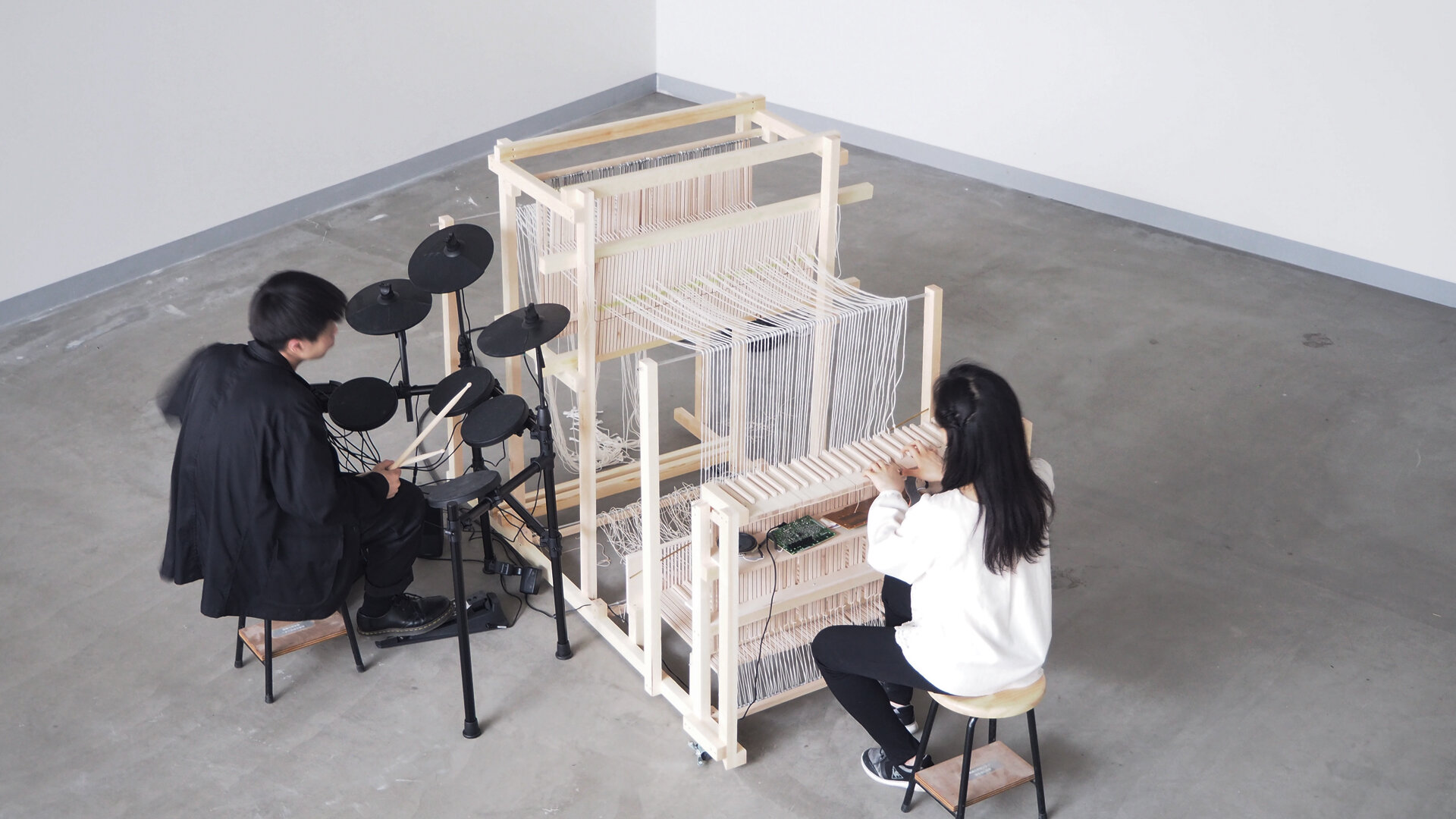
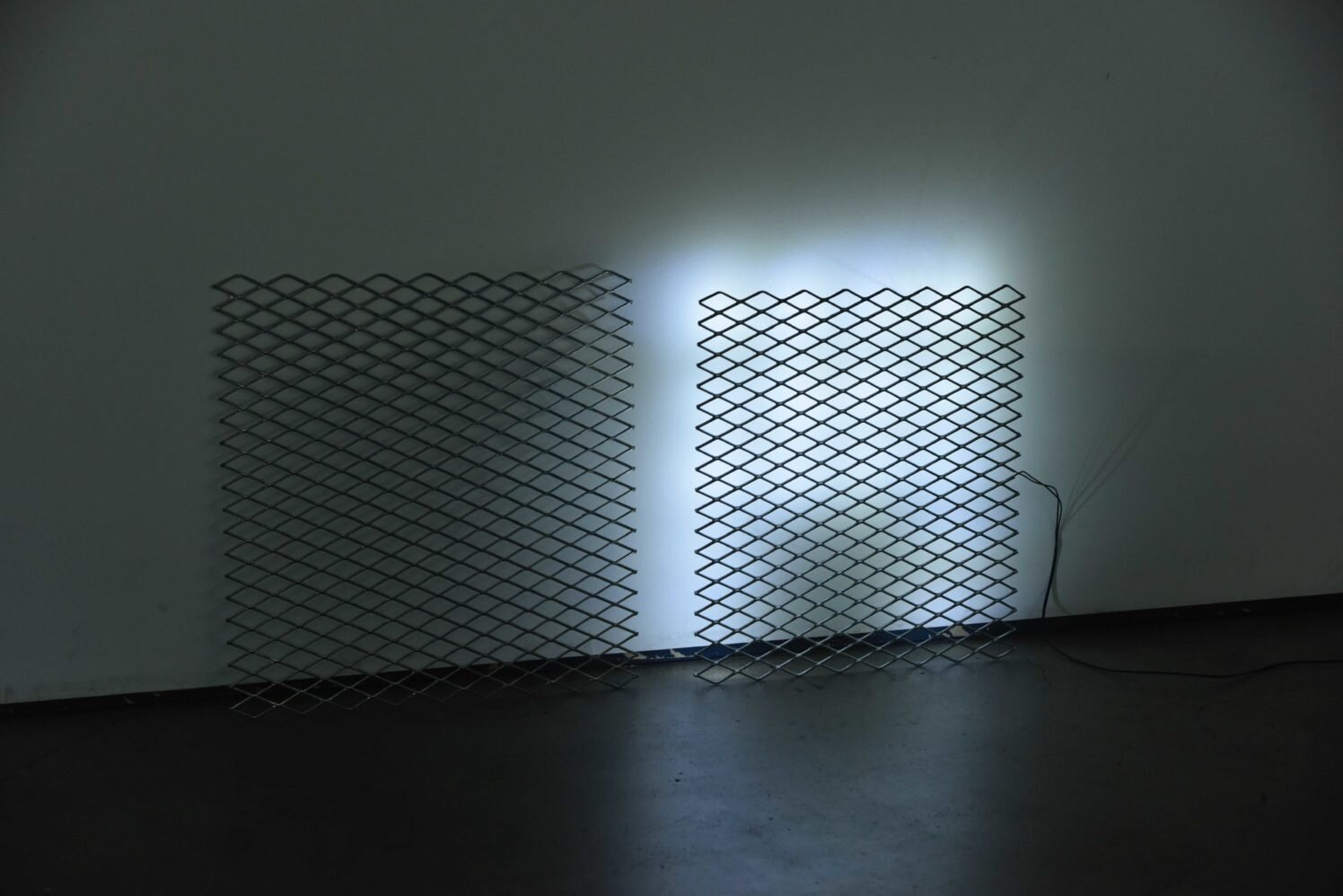
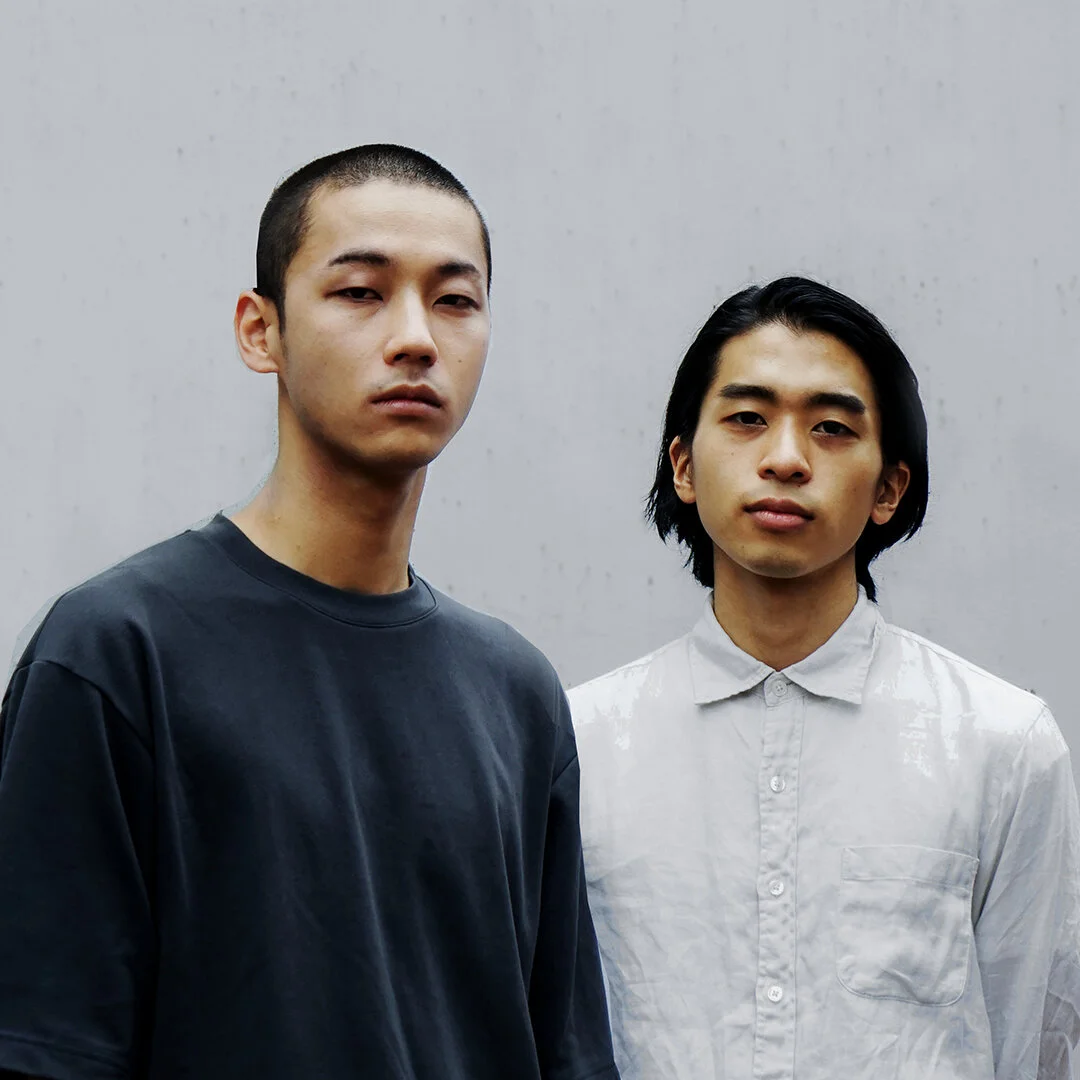
Kathleen Reilly
Kathleen Reilly is a Scottish artist and metalworker based in Tsubame city in Japan’s Niigata prefecture. She graduated from the Royal College of Art in 2018 and is represented by Gallery S O in London.
Exploring new territory in how we interact with every day, artist, and metalworker Kathleen Reilly presents Oku, a new knife design made in collaboration with local cutlery manufacturers in Tsubame city.
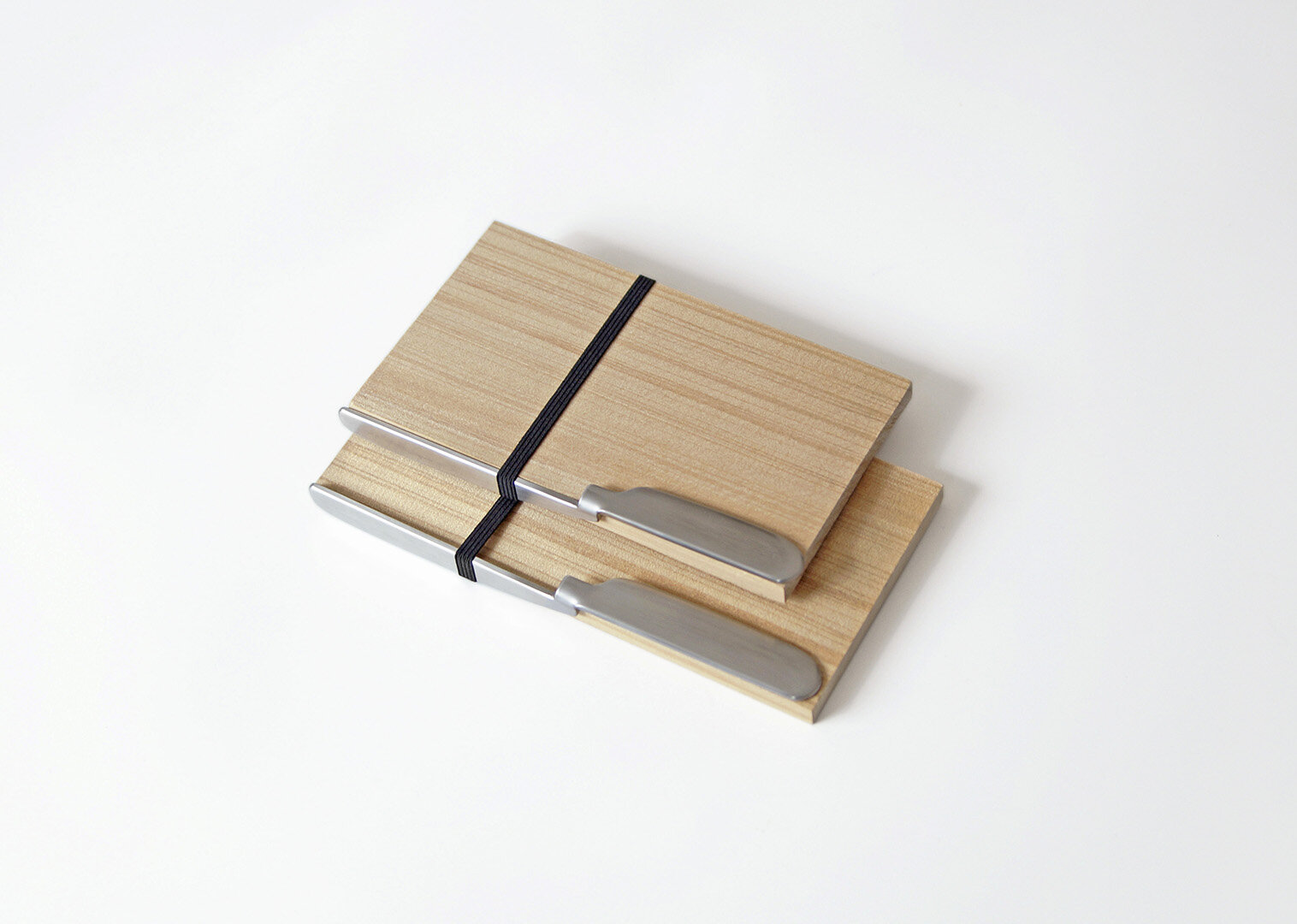
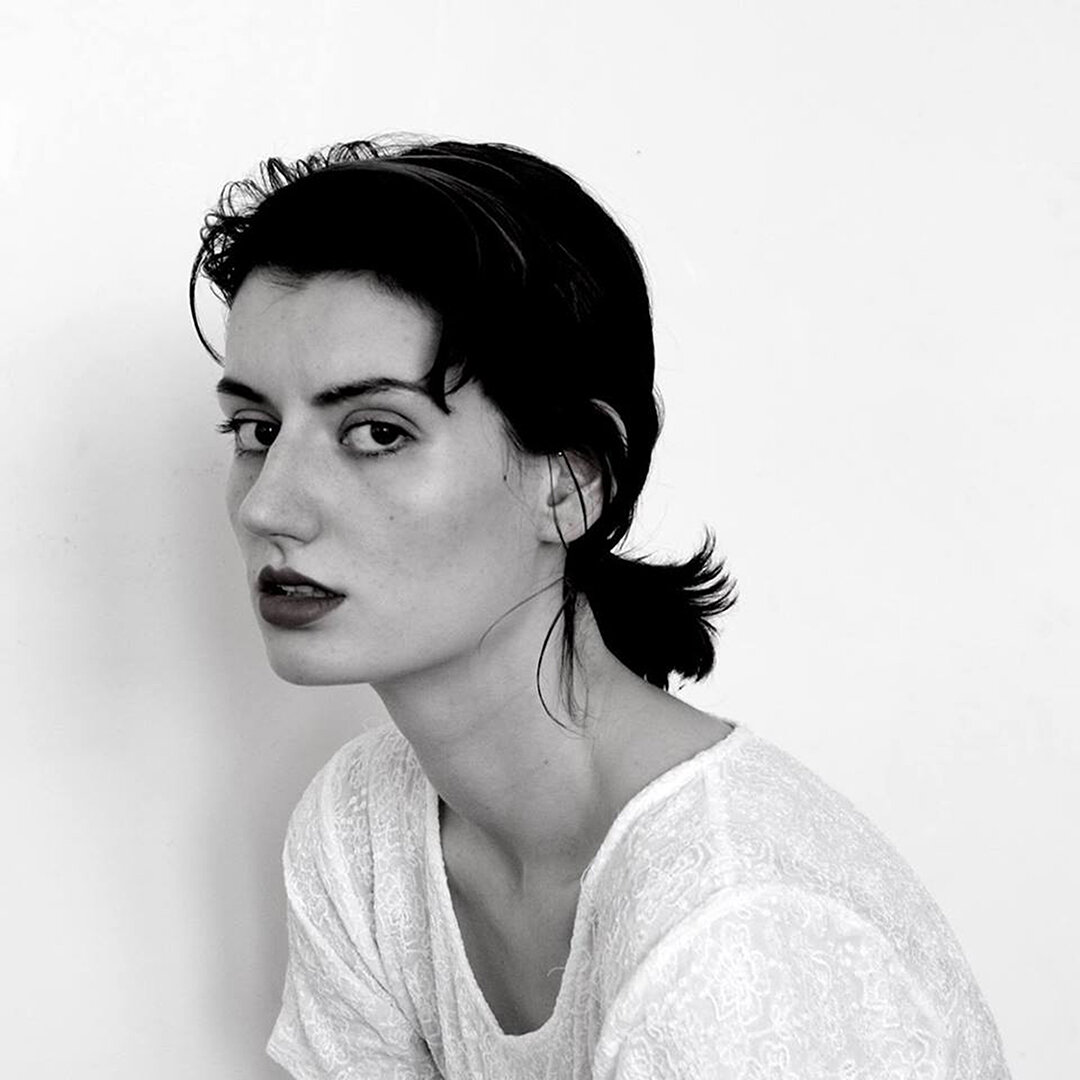
ATSUSHI SHINDO
Atsushi Shindo works as an interior designer. His works focus on the primitive charm of unremarkable materials that are closely related to our life. Traveling around Japan made him rediscovered the diversity of design. These are fostered by nature and climate. He has found a lot of sparkle of joy in abundant nature and techniques in Toyama has visited Toyama a few times in these years. This exhibition aims to think about future design through the making process.
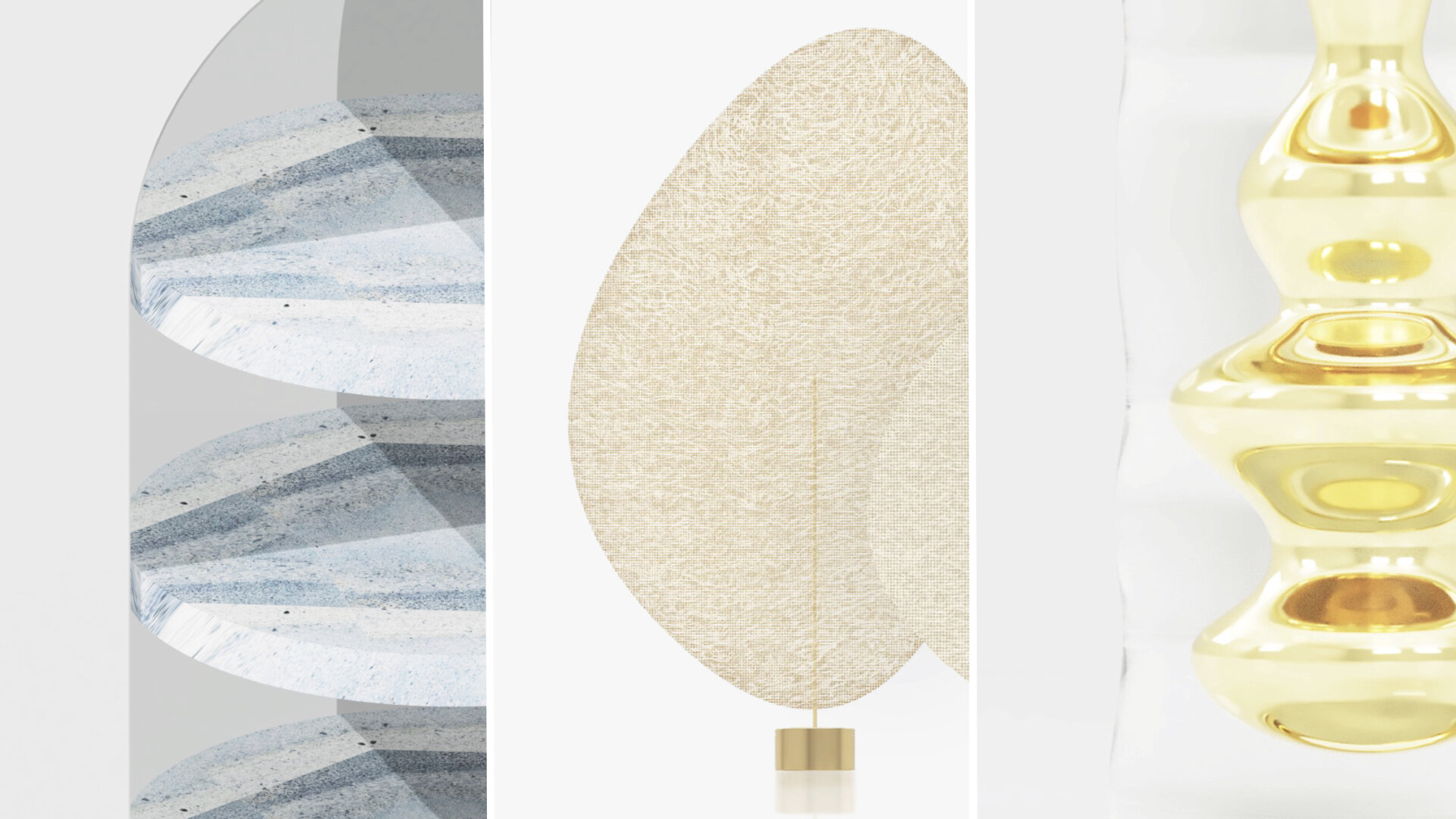
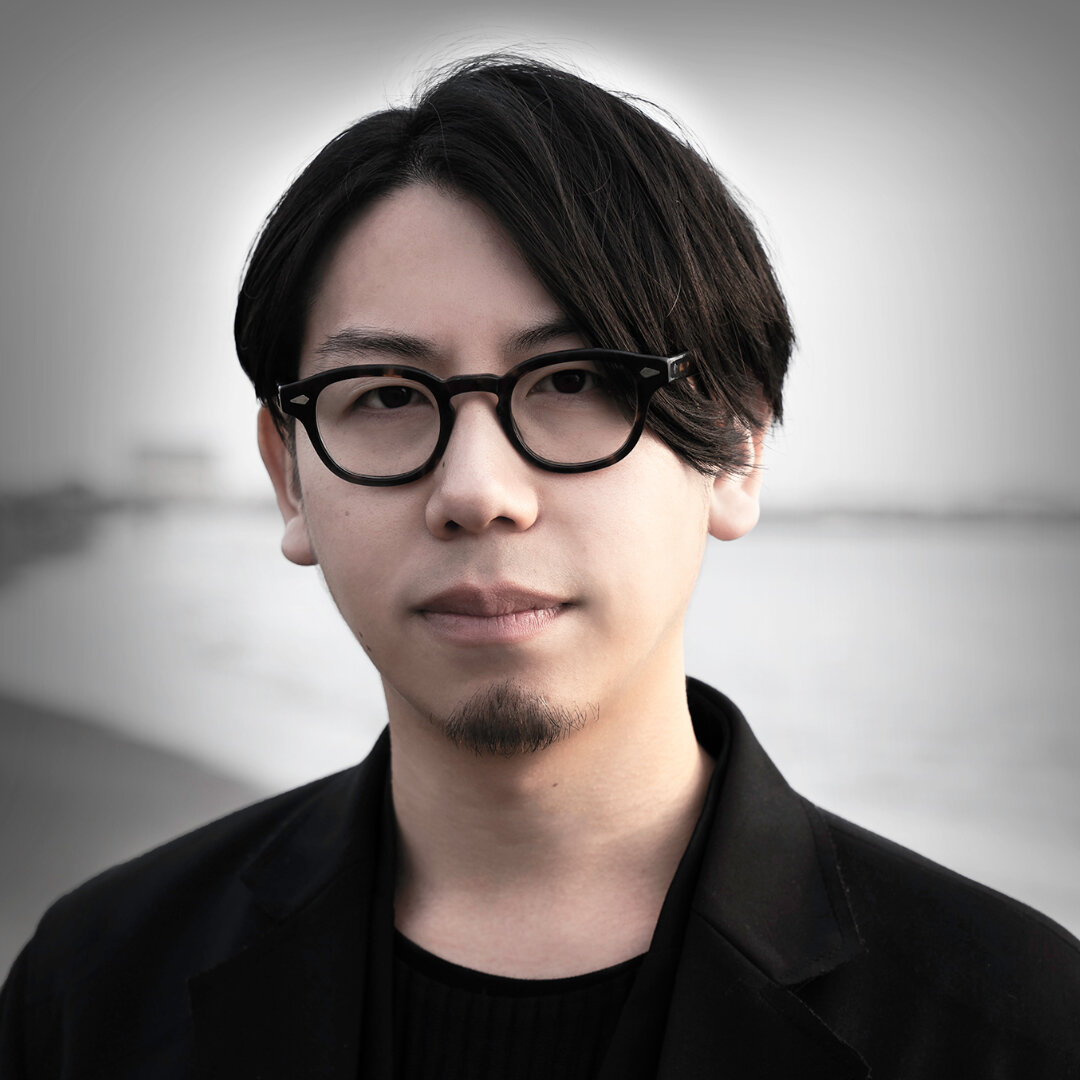
salt in
“salt in” is a design unit established by Shanshan Liu and Xiulai Zhou. They are both designers from China, graduated from Musashino Art University. Learning by trial and error, they are exploring the “seasoning” of design. People usually see an object as what it is on the outside, its appearance and senses, without suspecting its internal matters.
We want to pull the inside traces and expressions out of its external shell. By turning the inside out, we shift the scenes of production, usage, destruction, circulation, and restoration of existing products, to create works that convey a new common sense, while maintaining the impressions in the sensory and perceptual experiences.
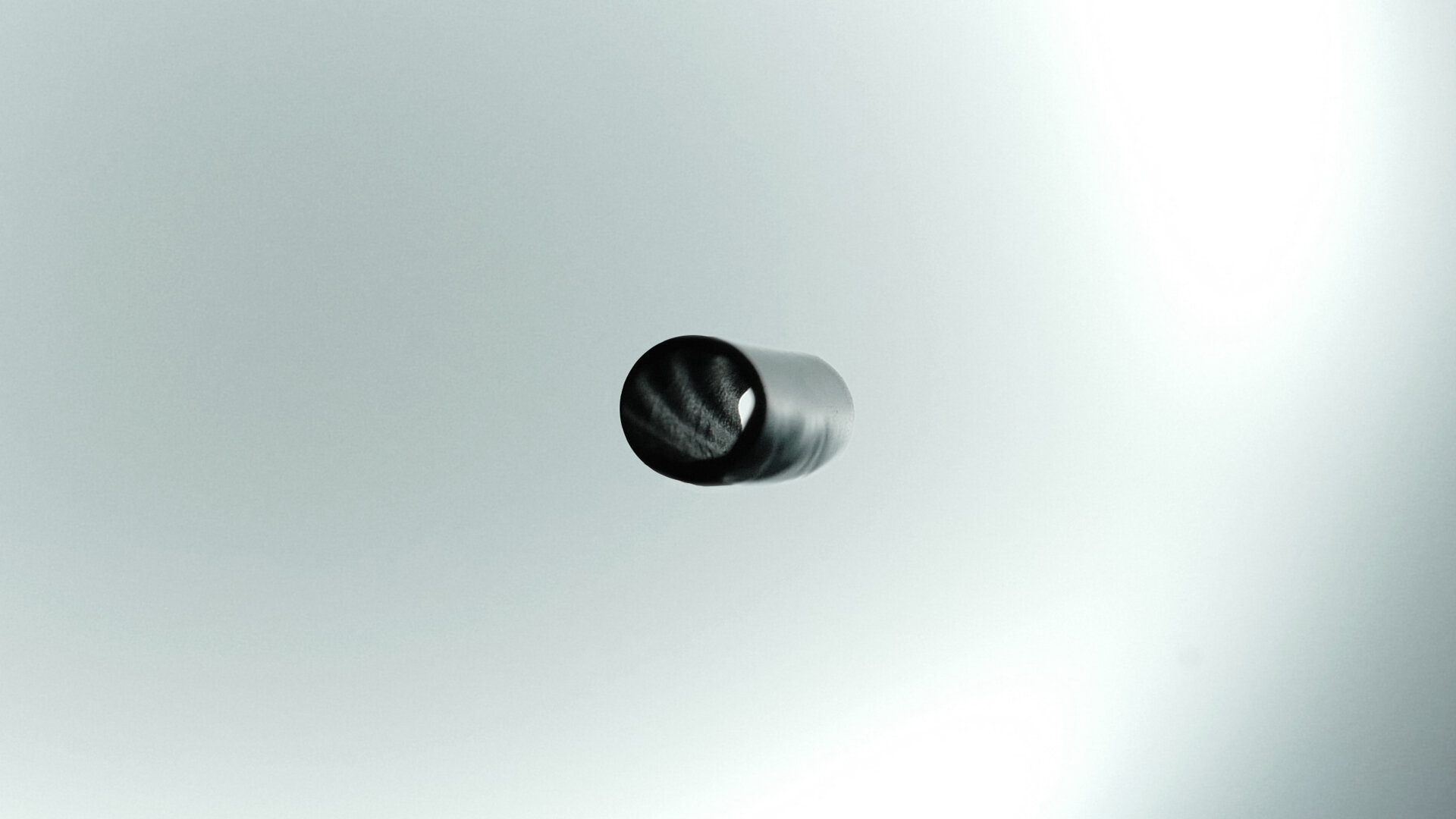
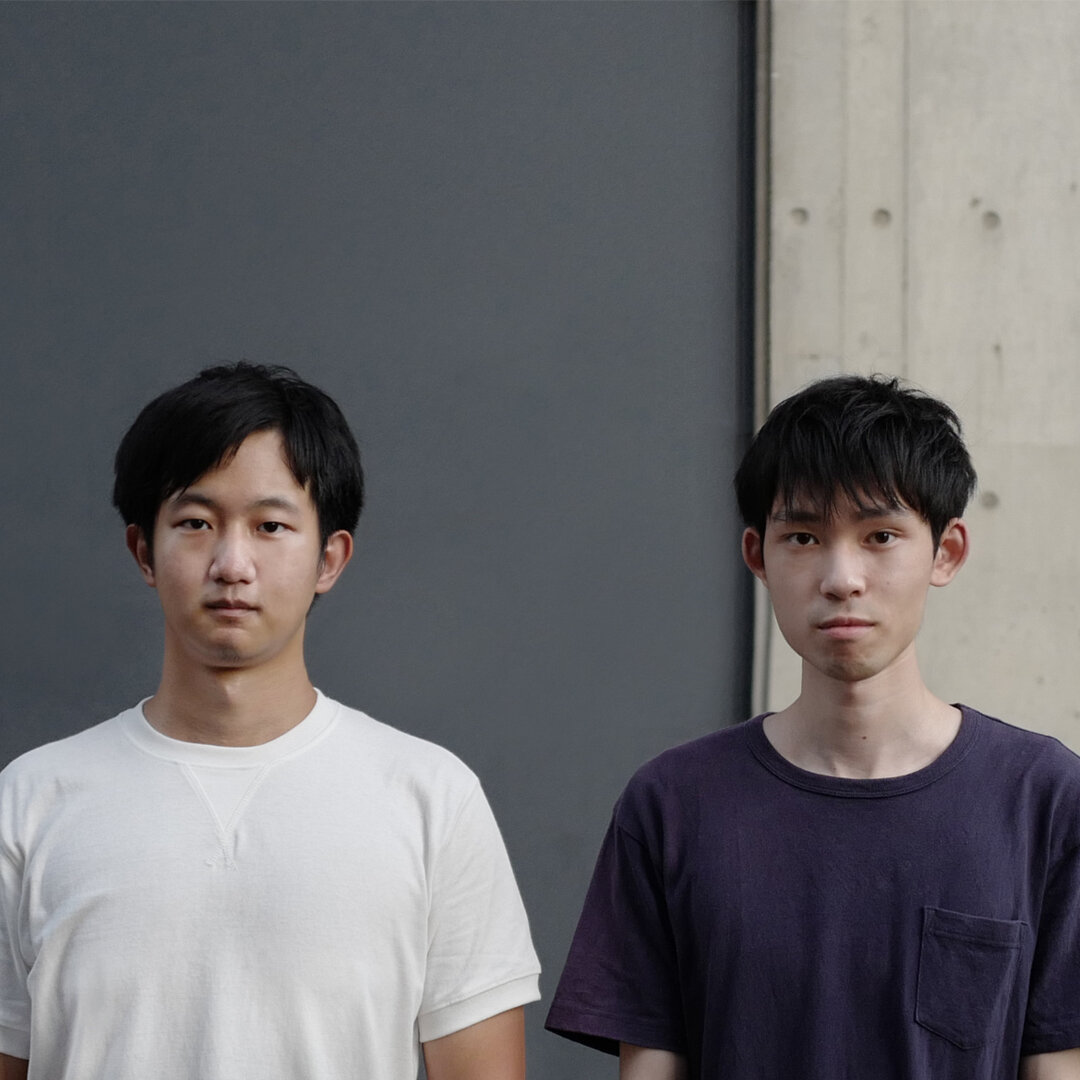
Hiromasa Fukaji
Hiromasa Fukaji is Designer,Artist. Continuing the pursuit of original graphic expression centered on the technique of creating accidental expression using a plotter (equipment that outputs vector data). "Plotter Drawing" is a technique in which digital data is converted into physical movement by a plotter. Physical factors such as friction, gravity, humidity, and atmospheric pressure act to create "accidental expressions" such as blurring. Plotter Drawing is an expression technique that intentionally creates accidental expressions at the boundaries between digital and real.

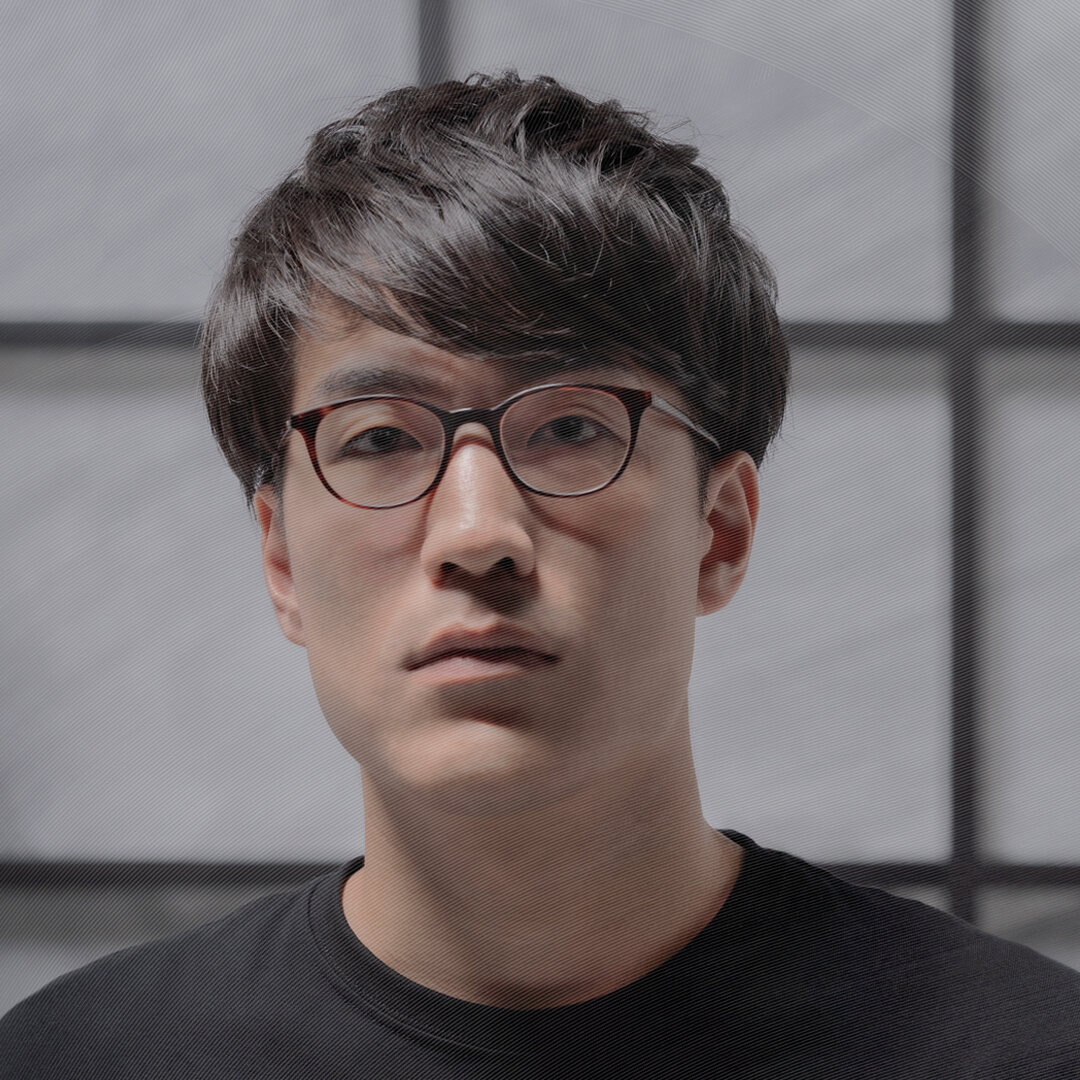
From art to design furniture - Introducing the part of programs not to be missed!
Two designers and their unconventional approaches: Sho Ota’s wooden works x januka’s jewelry
Jo Nakamura, the jewelry designer of januka, goes beyond the conventional use of materials and techniques. In his flagship store in Aoyama opened earlier this year, works by Sho Ota, a Dutch-based designer/artist will be exhibited. Ota has enhanced his research at wood furniture atelier into his collection, including a stool called “Surfaced”. Based on their solid technical skills, the two designers taking unconventional and innovative approaches will co-create a unique space.
New works by Christophe Pillet
「FLEXFORM 2021 COLLECTION」@FLEXFORM TOKYO
Founded in Lombardy, Italy in 1959, "FLEXFORM" is 100% domestically produced in Italy and offers the highest quality furniture with the excellent technology of skilled craftsmen. Antonio Citterio, a Master of Interior Design who has been supervising the brand for over 40 years, expresses a consistent and elegant world that is timeless. At FLEXFORM TOKYO in Minami Aoyama, the FLEXFORM 2021 COLLECTION will be unveiled. The designer intentionally stripped the design of non-essentials, to then focus on “the details, the precise proportions and masterful execution, inherent features that inescapably define the quality of that object”. new production “ANY DAY TABLE" & Also pay attention to "ECHOES CHAIR", which has added variations following last year.
“Tomio Koyama Gallery” introducing Shooshie Sulaiman with her solo exhibition
Tomio Koyama Gallery has long been in the center of the contemporary art world, and actively participating in international art fairs. In recent years, the gallery introduces diverse artists from established to young talents, regardless of their origins or genres.
During DESIGNART TOKYO 2021, a solo exhibition of a contemporary artist, Shooshie Sulaiman from Southeast Asia will be held. Shooshie, of mixed Malay and Chinese heritage, pursues the history of Southeast Asia, the culture of her home country Malaysia, as well as her own memory and identity through her works. Through diverse approaches such as drawings, collages, installations, and performances, her works often appropriate natural elements from trees, soil, to water that is native to the land. Bringing an almost mystical air in her works, she proposes complex and inextricably connected relationships between human beings, nature, and art.
DESIGNART TOKYO 2021
Date: October 22nd (Friday) - October 31st (Sunday)
Area: Omotesando, Gaien-mae / Harajuku, Meiji-jingu-mae / Shibuya / Daikanyama / Roppongi / Shinjuku / Ginza / ONLINE
Organizer:DESIGNART TOKYO Committee
The founders of DESIGNART: Akio Aoki (MIRU DESIGN), Shun Kawakami (artless Inc.),
Hiroshi Koike (NON-GRID), Okisato Nagata (TIMELESS), Astrid Klein & Mark Dytham (Klein Dytham Architecture).
Official website: http://designart.jp/designarttokyo2021/en/
Neri&Hu created Foreverhouse at Home Sweet Home Exhibition at KORA
Drawing inspiration from the image of a bicycle, Neri&Hu has created Foreverhouse for the exhibition. As with many of Neri&Hu's works, Foreverhouse hints at maintaining tradition as a form of resistance to cultural erasure.
Home Sweet Home, curated by Paolo Mele, Alessandra Pioselli, Davide Quadrio, and Claudio Zecchi, recently opened at the KORA Contemporary Center, Palazzo de Gualtieris in Lecce, Italy, showcasing more than 40 artists and designers from around the world. The exhibition explores the theme of “home,” a place to live in and a witness of everyday life, where relationships are born and unfold over time.
The ideas of home and being “at home” are psychological constructs shaped by subjective perceptions of shelter, privacy and security. Our dwelling bears the marks of our daily rituals of inhabitation, and over time they serve as vessels for the accumulation of the artifacts of everyday life.
Drawing inspiration from the image of a bicycle, Neri&Hu has created Foreverhouse for the exhibition. As with many of Neri&Hu's works, Foreverhouse hints at maintaining tradition as a form of resistance to cultural erasure. Since the early 1990s, the bicycle has played a pivotal role in China. Whether in urban centers or the countryside, the bicycle remains one of the most critical and ubiquitous modes of transport. For many people, the bicycle's significance goes beyond its function of transporting us from one place to another; it is an object inextricably tied to modes of life and livelihoods. The bicycle can carry a load of recycled items three times its own weight; it can also tow a cart full of goods for sale. Literally or metaphorically, the bicycle can support an entire family on its two wheels.
The concept of Foreverhouse is to stretch the familiar image of a bicycle to become a travelling home. With the addition of a simple metal structure and draped fabrics, Neri&Hu has turned an ordinary bicycle into a shelter with a table and storage pockets. The fabric pouch uses a pleated fold, containing itself and any precious items within a perfect little pocket. The pattern of the fabric is inspired by the traditional delight from Shanghai: xiaolongbao. The thin but elastic dough of xiaolongbao is a flawless container to hold the aromatic juices while allowing the steam to escape. Rather than focusing on the physical construction of a house, Foreverhouse directs attention to the social realities of our times: with the rising tides of mass migration, what happens to our sense of belonging?
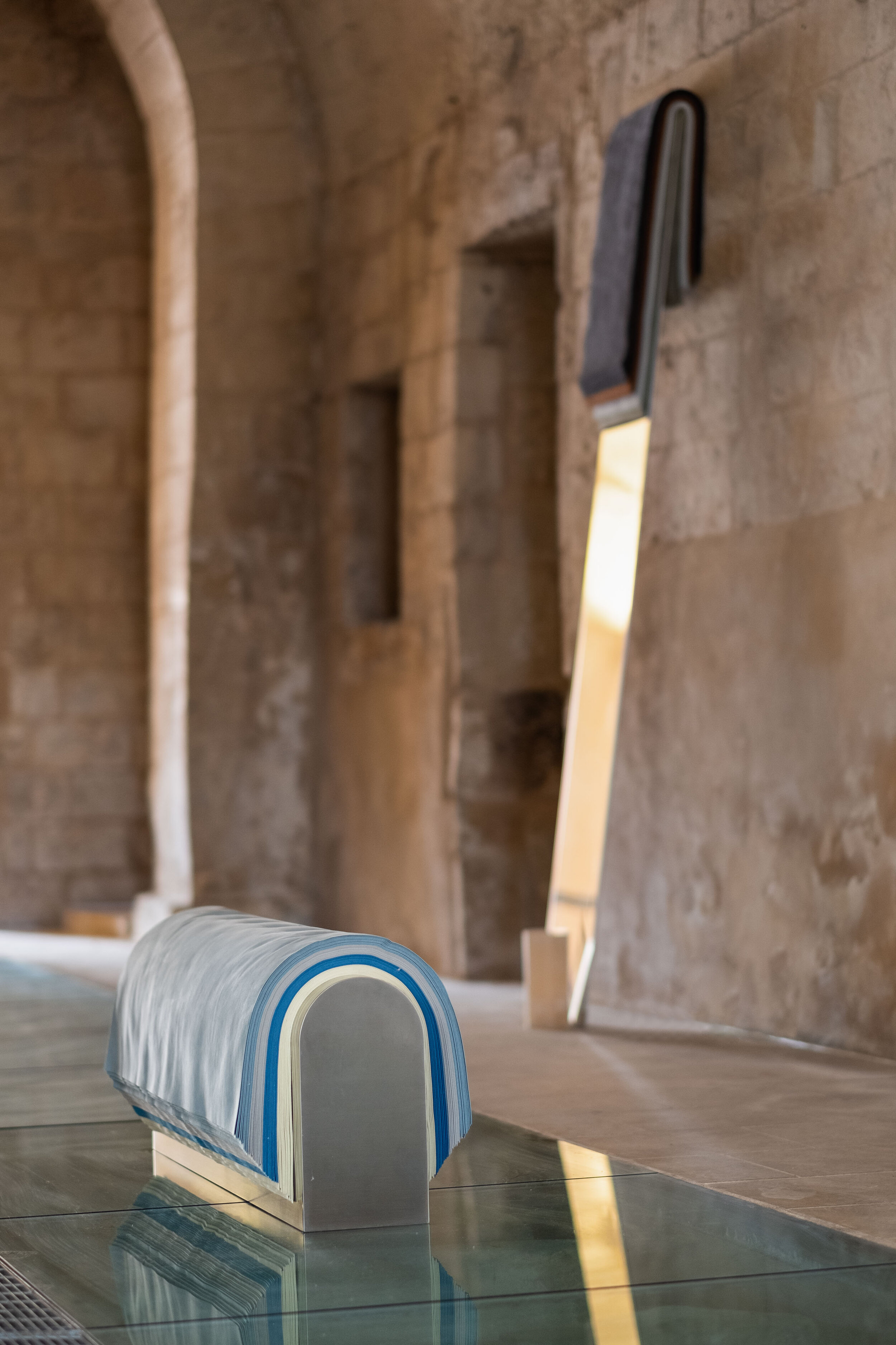
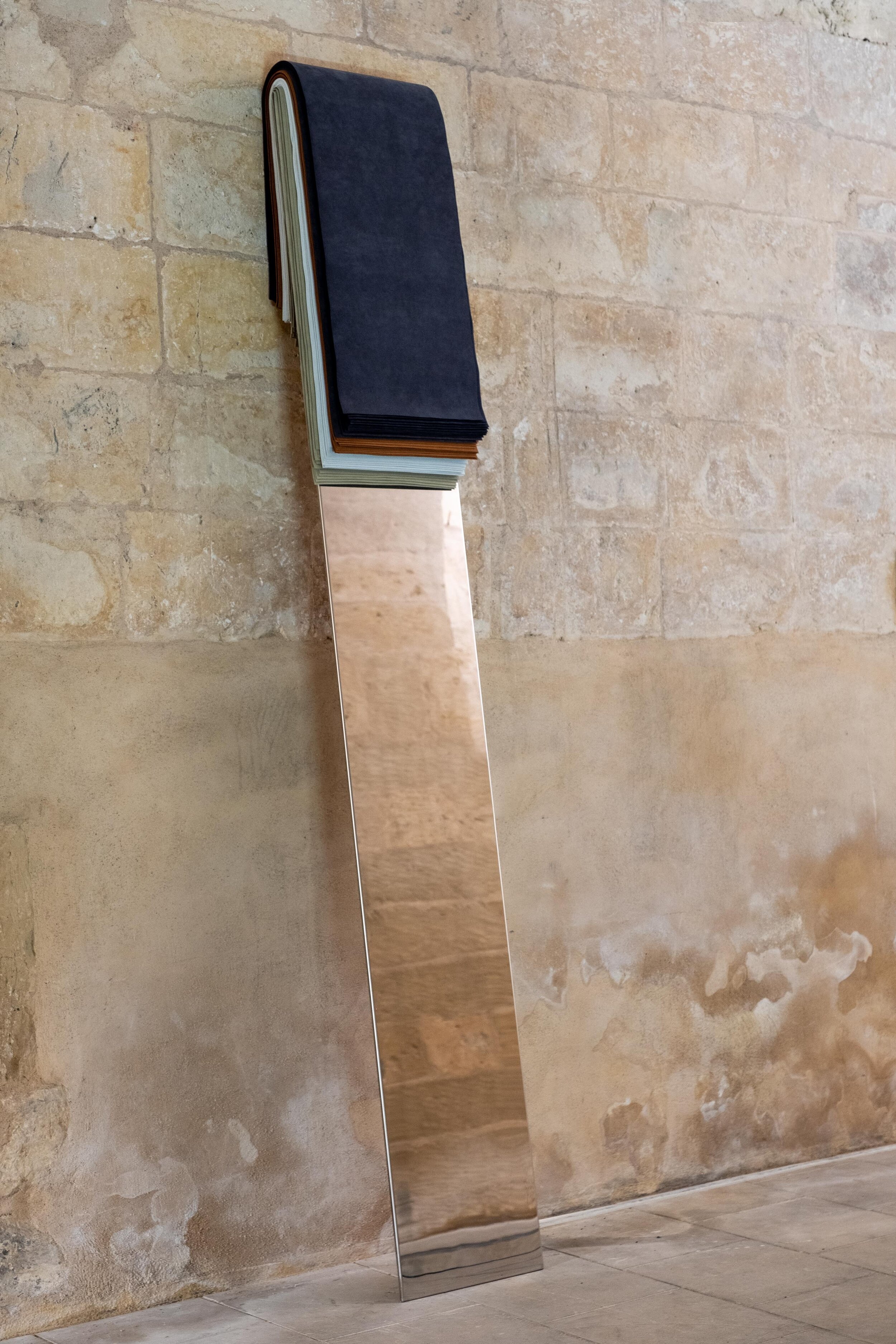
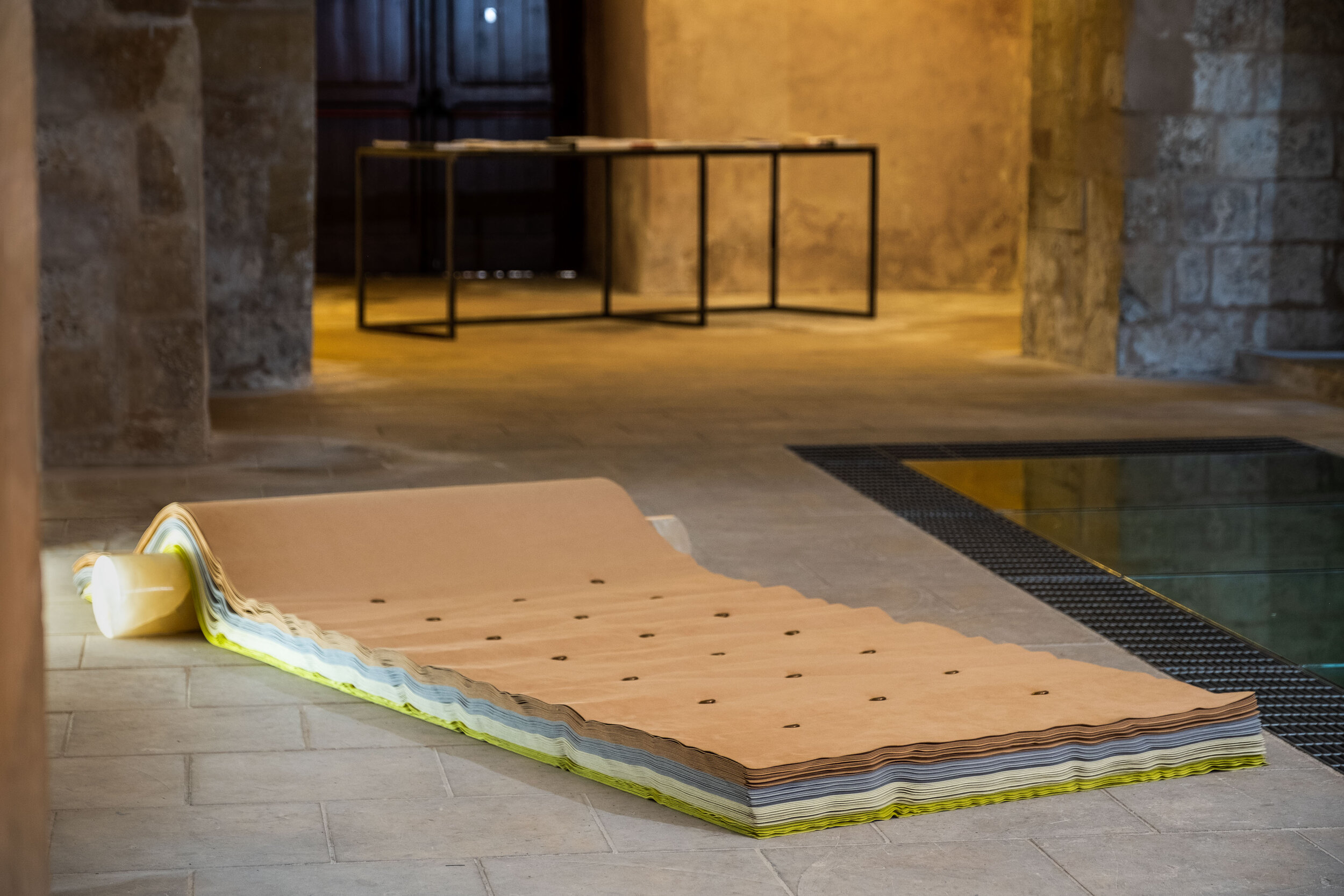
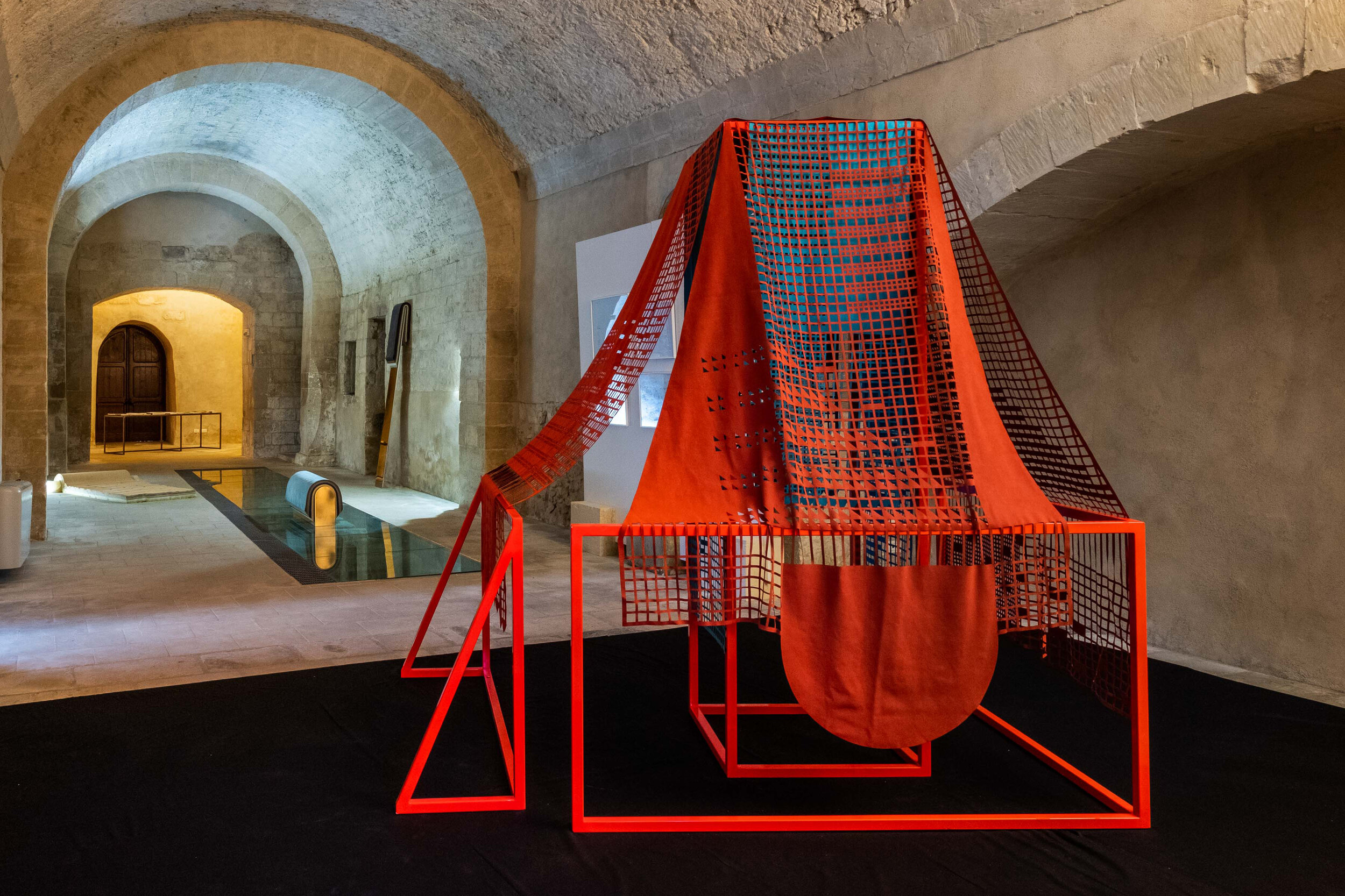
KORA Contemporary Arts Center is a 1600-sqm space dedicated to creating and researching contemporary art, recently opened in Lecce, Italy. KORA Contemporary Arts Center hosts temporary and permanent exhibitions, workshops and public education programs. In addition, the complex contains a library, a bookshop, a bar, an area for children's activities, conference spaces, and an area for events and performances.
For more information about KORA and Home Sweet Home Exhibition, please visit:
http://www.k-ora.it/
About Nuri&Hu

